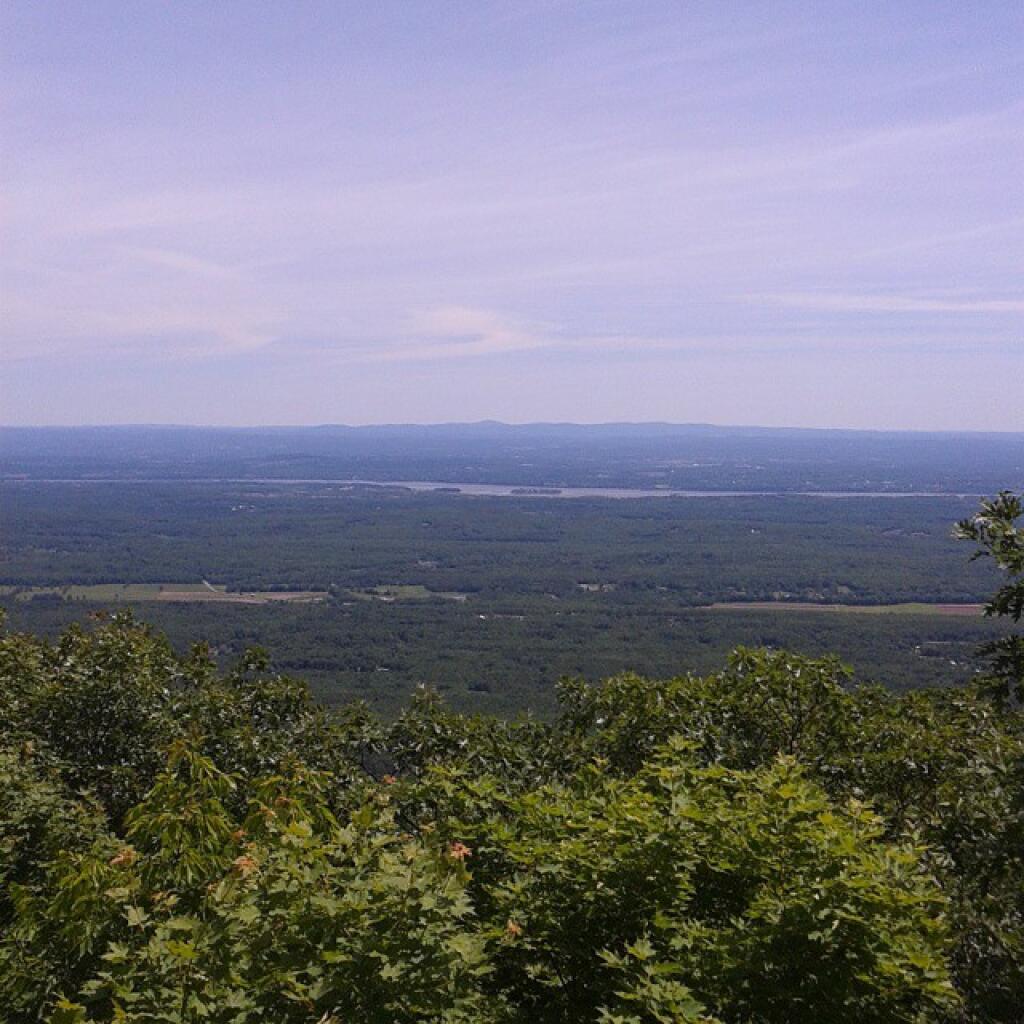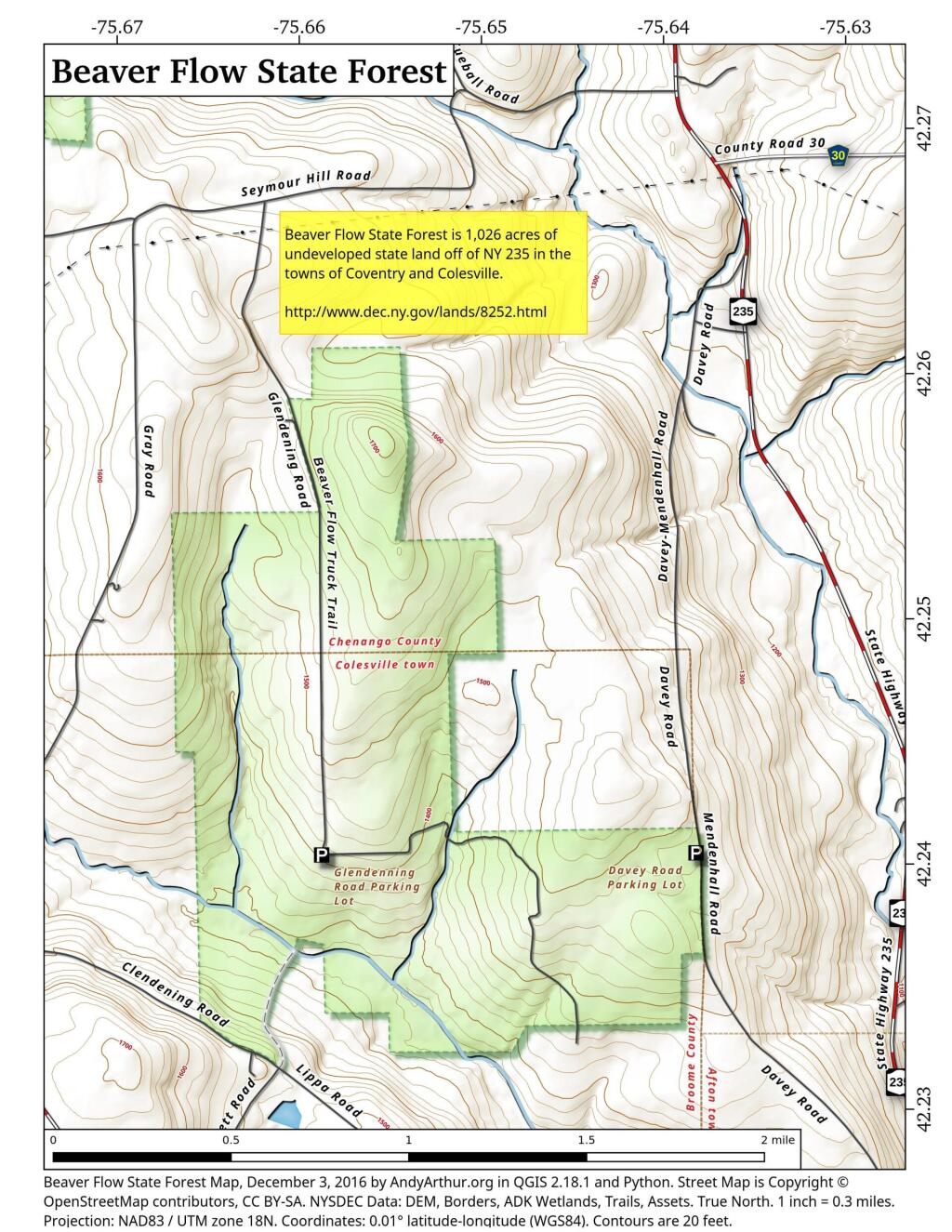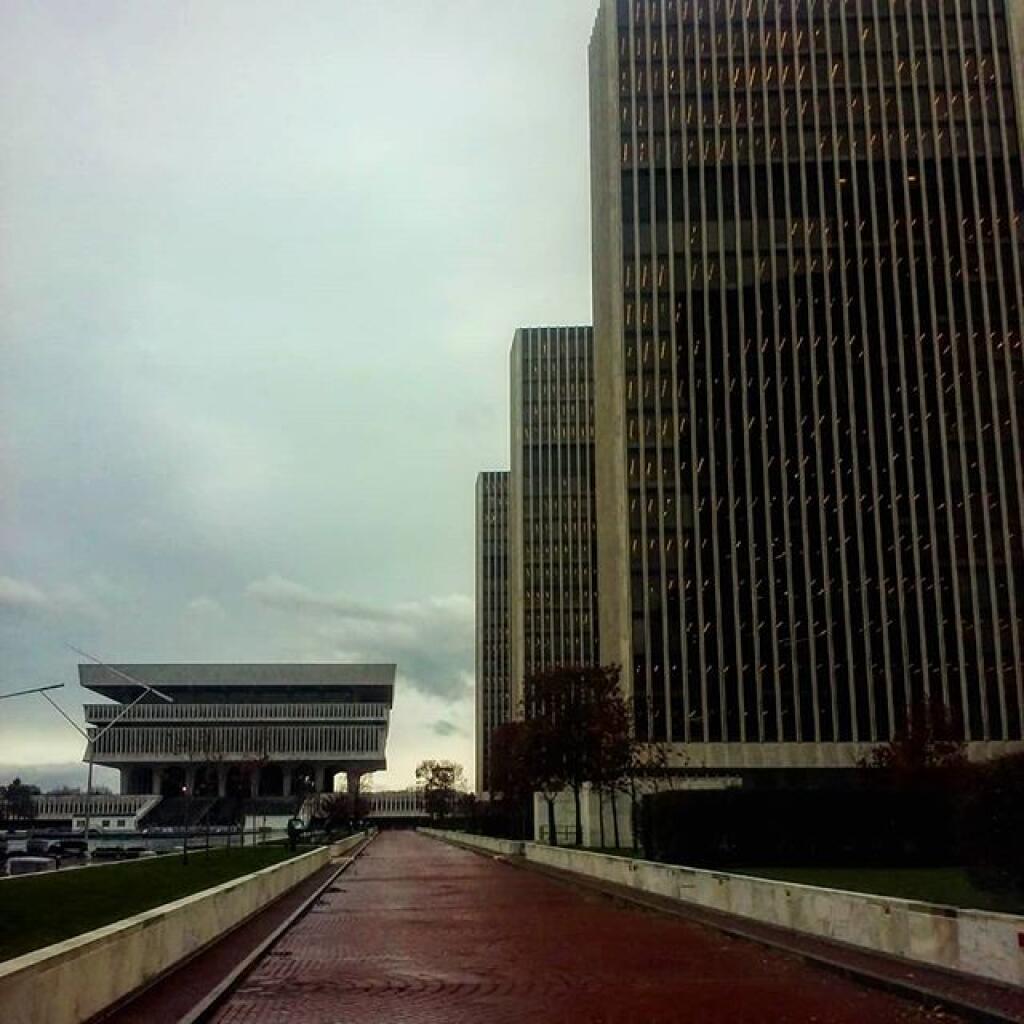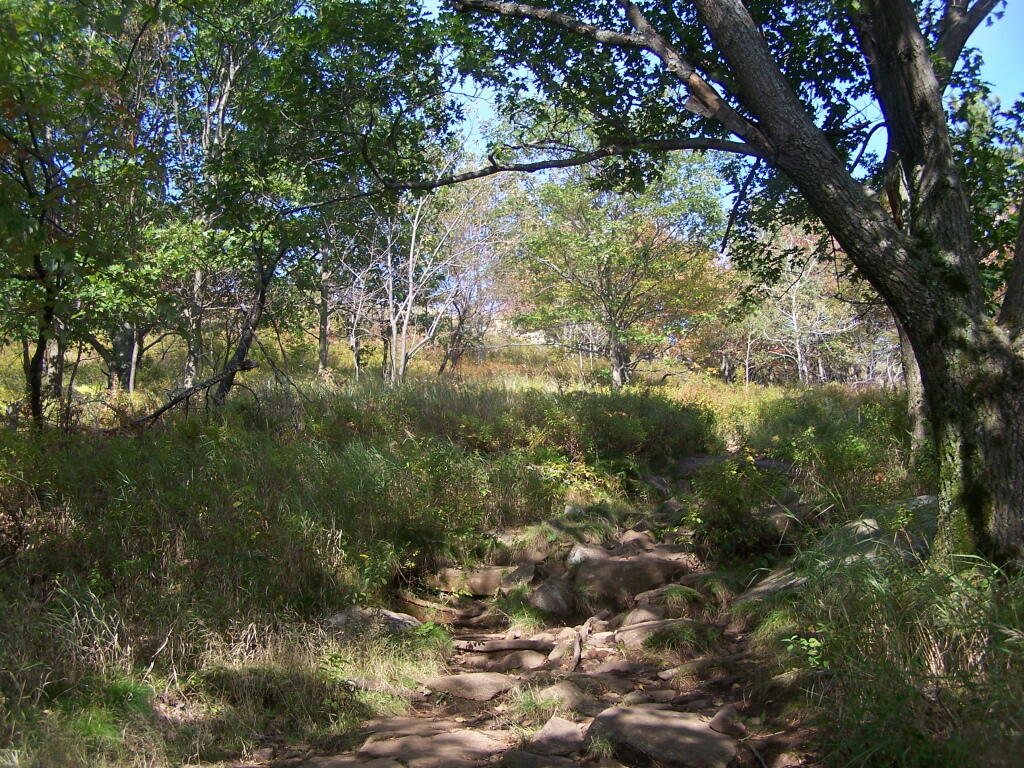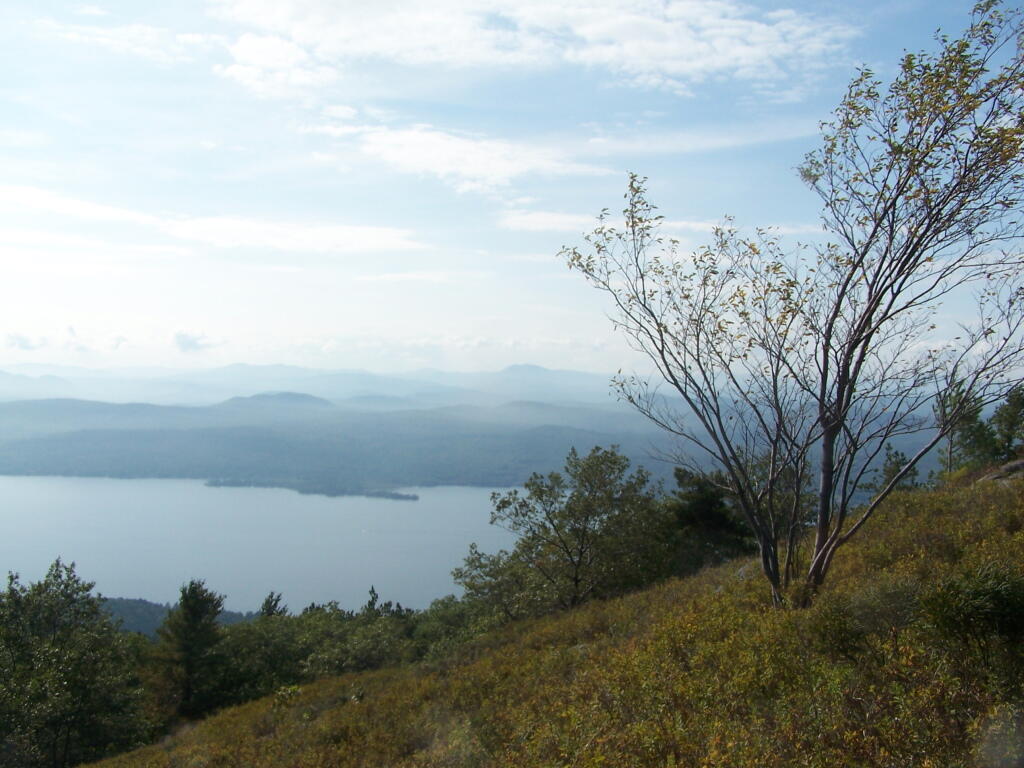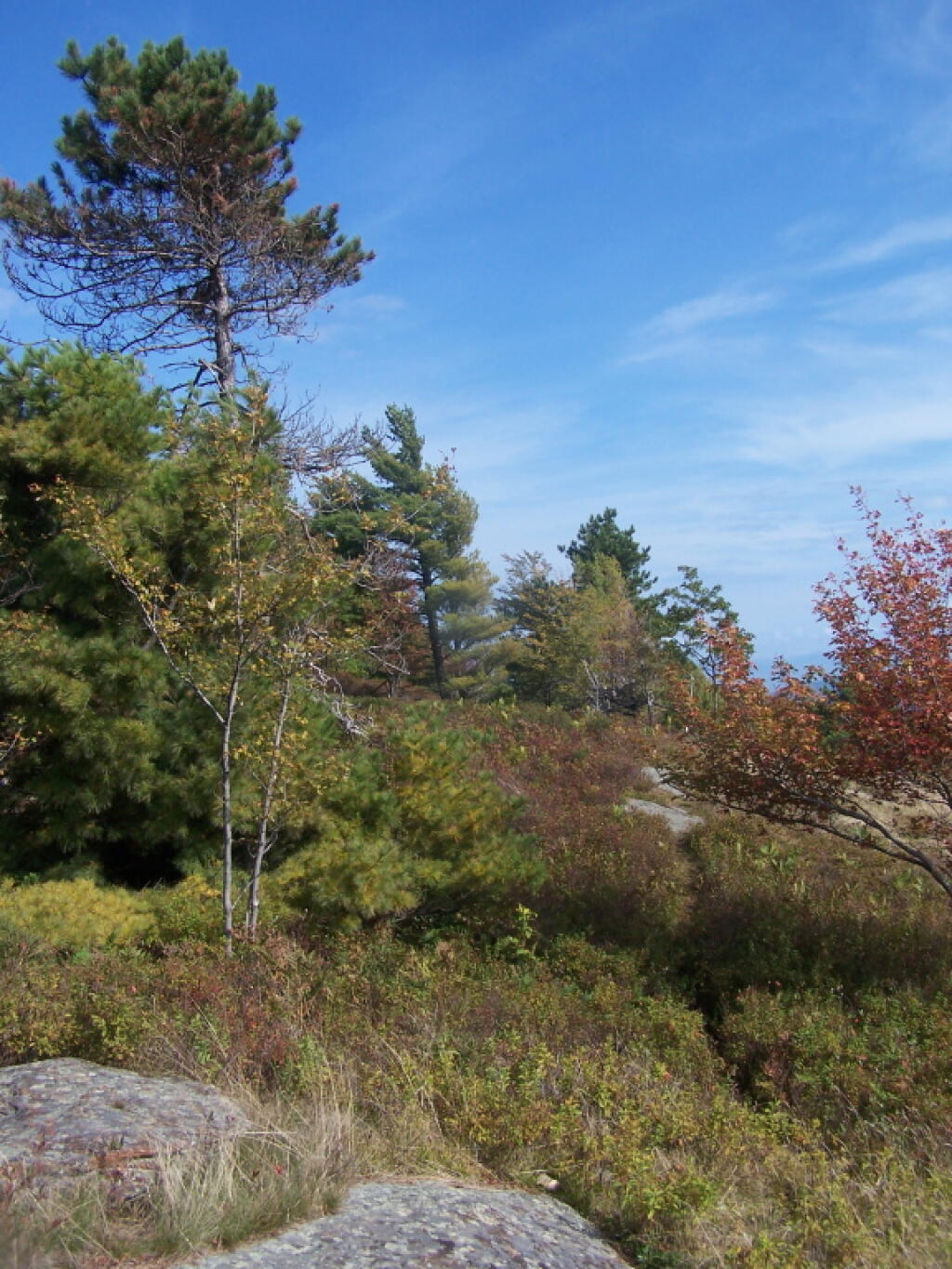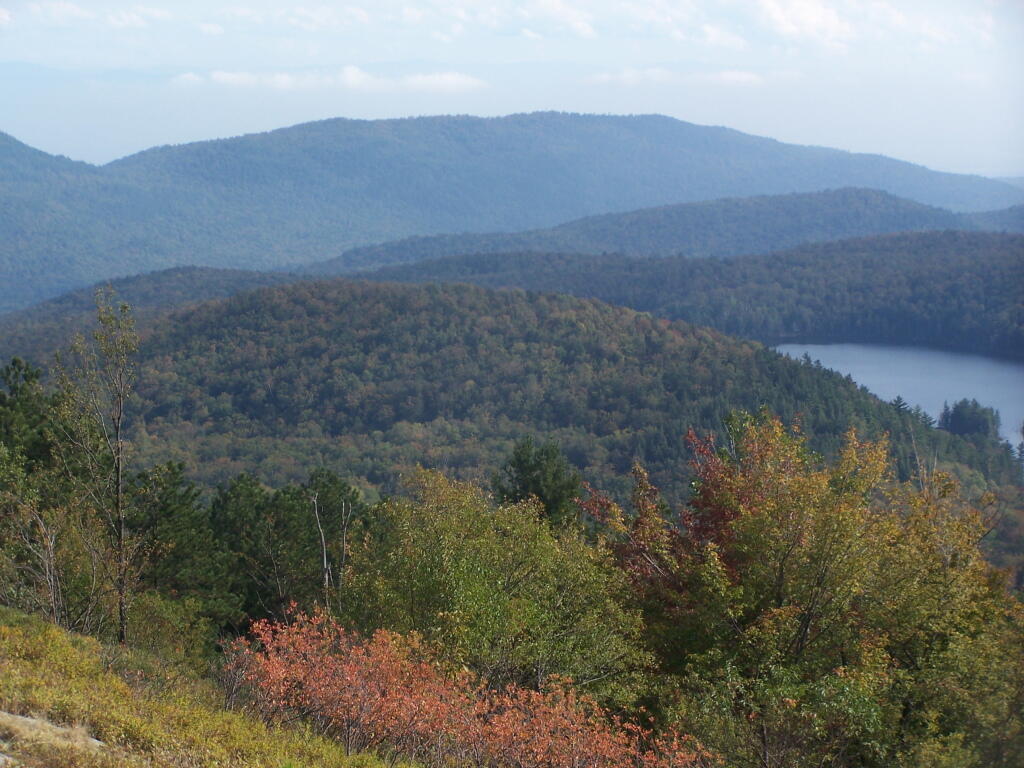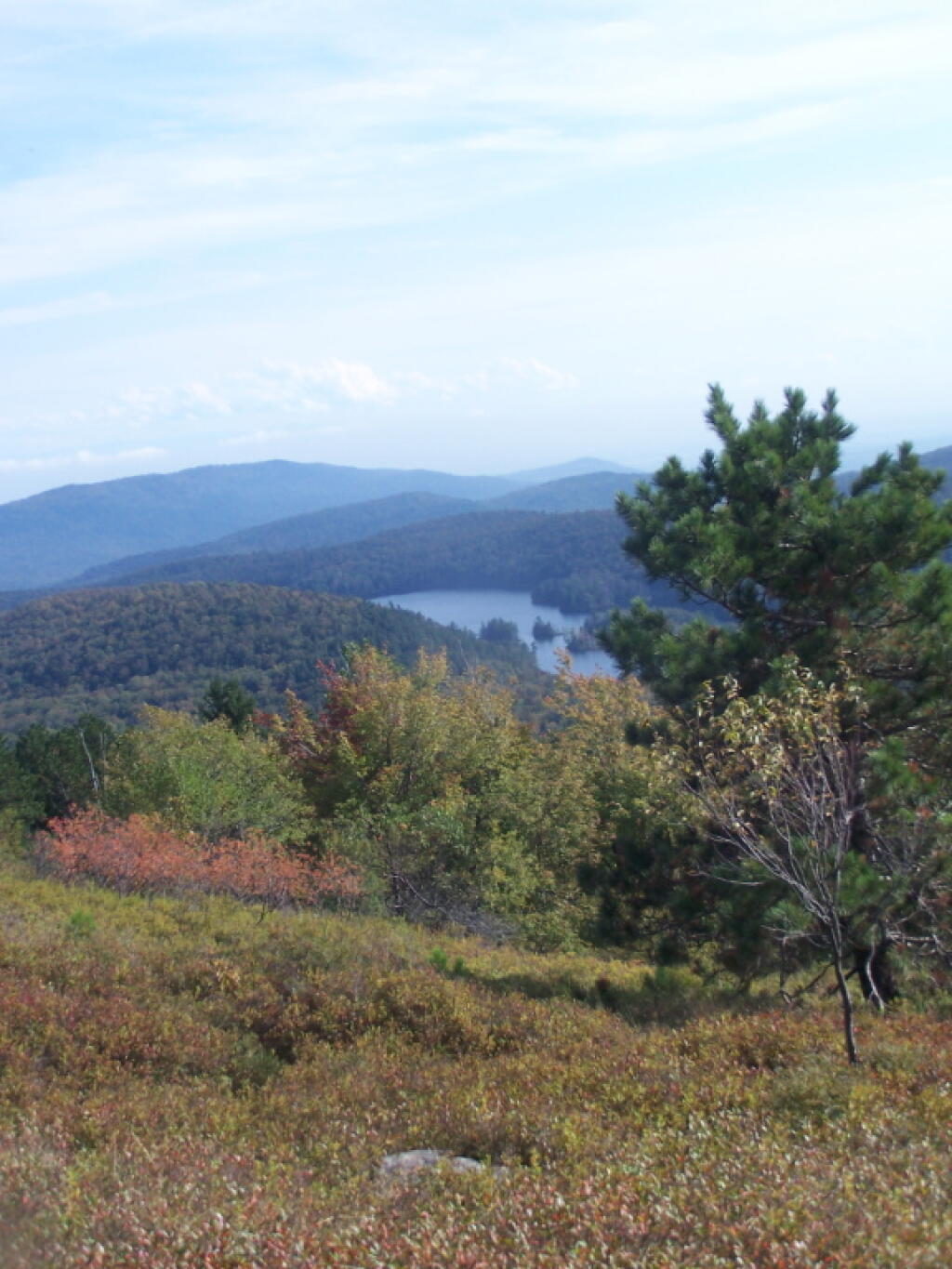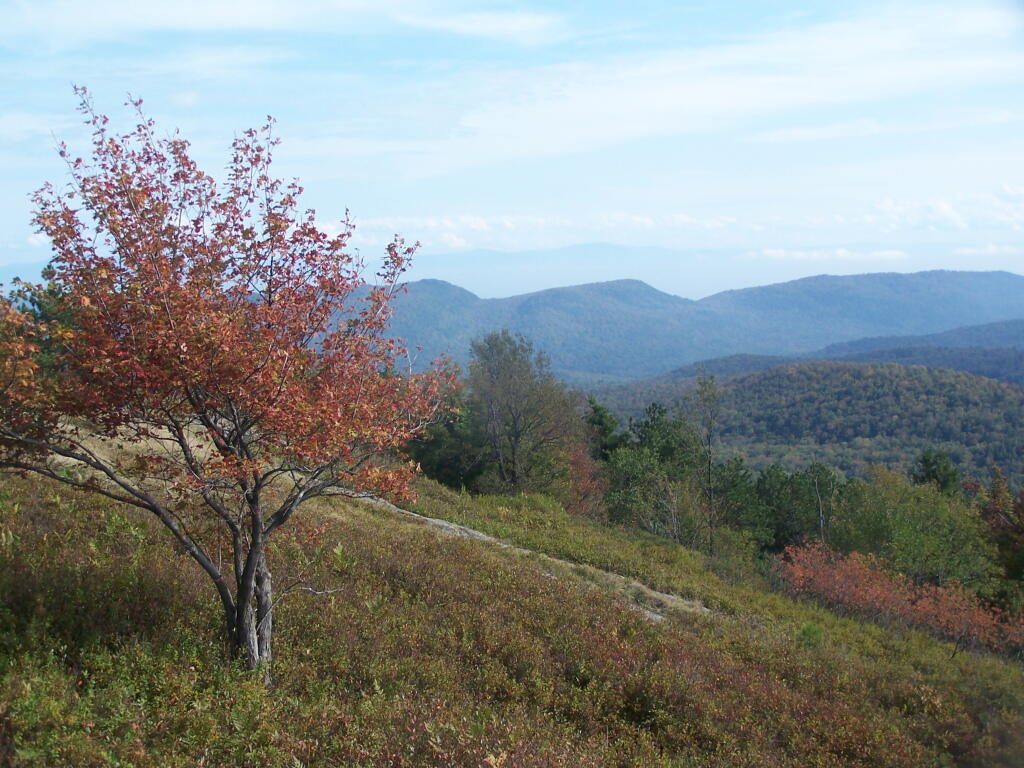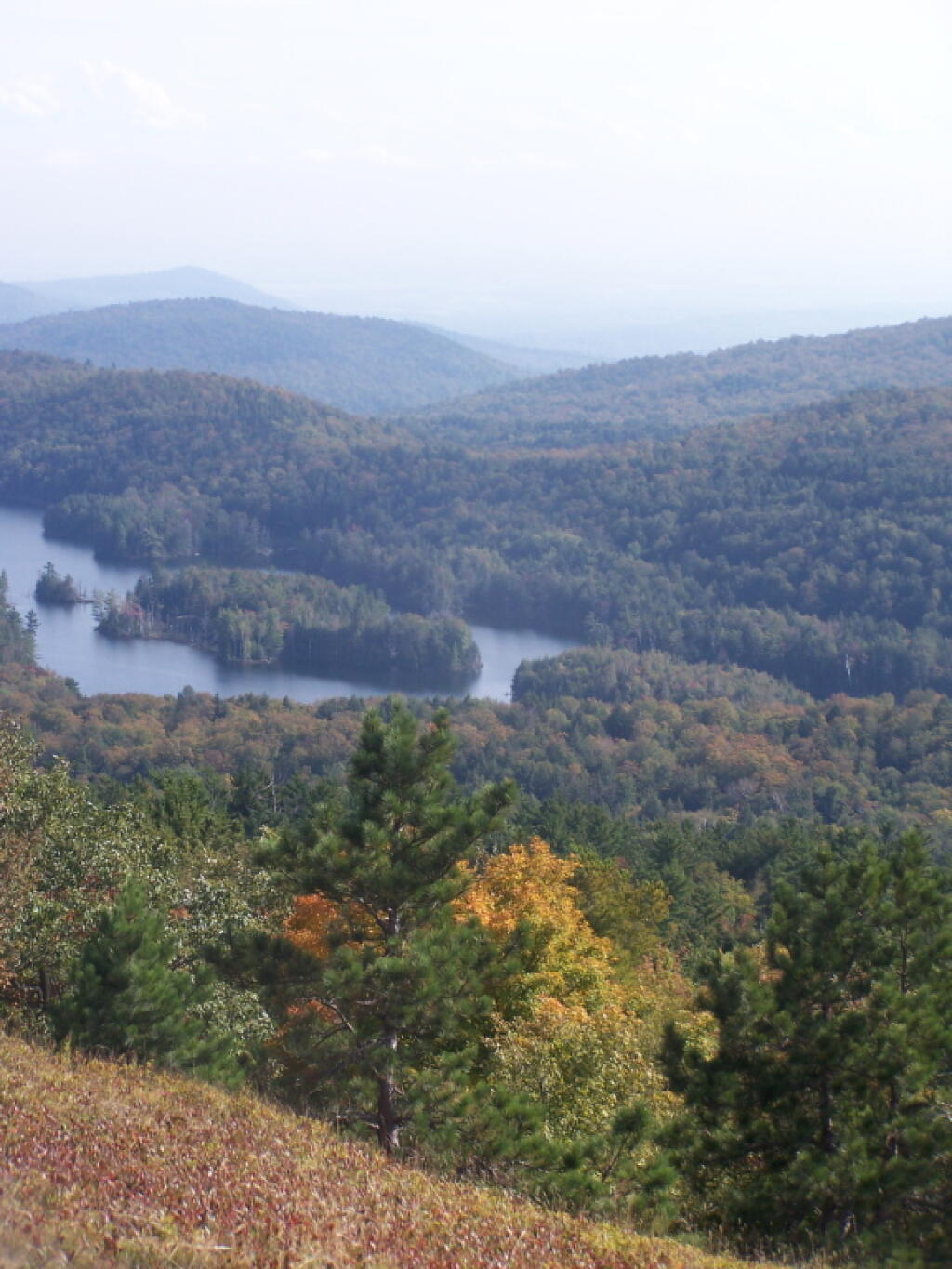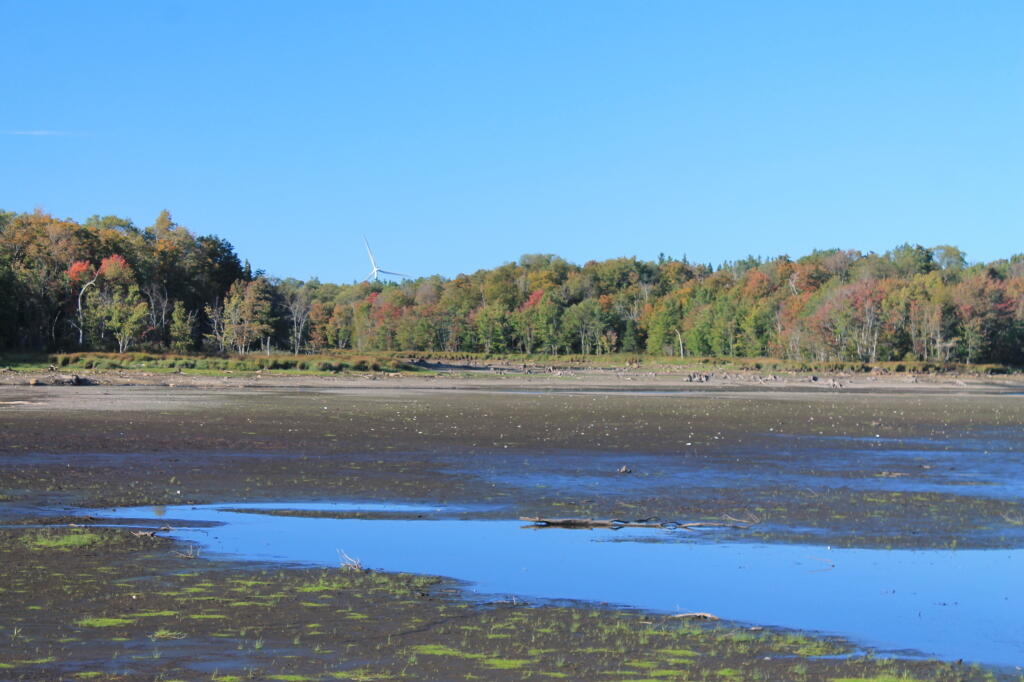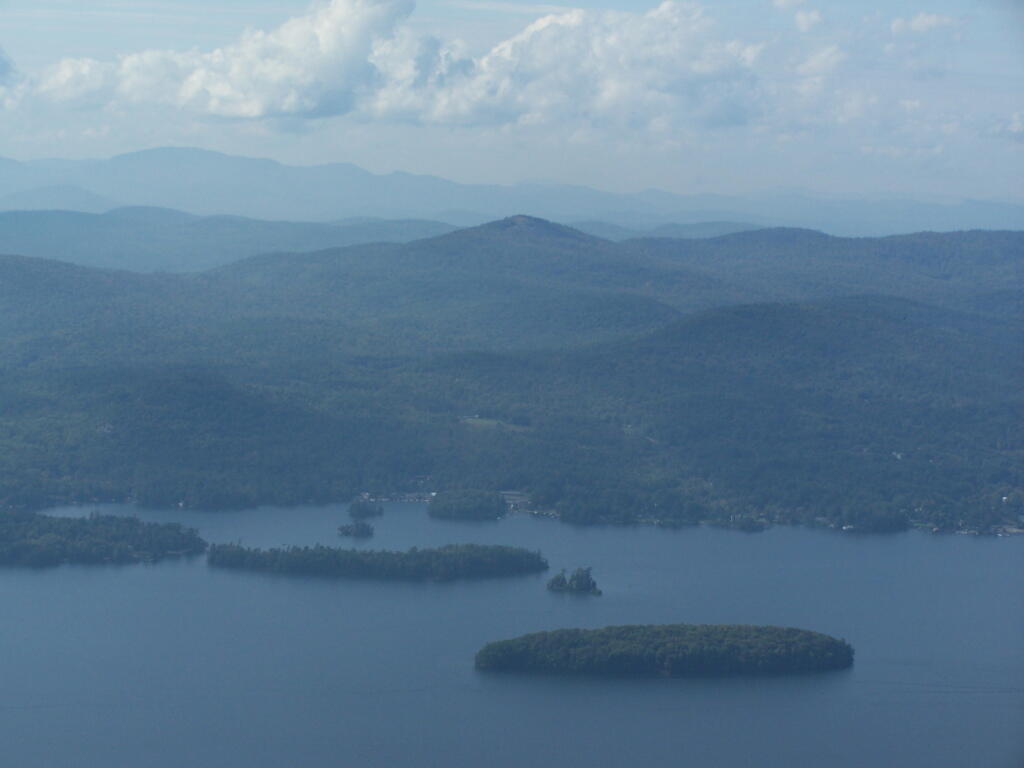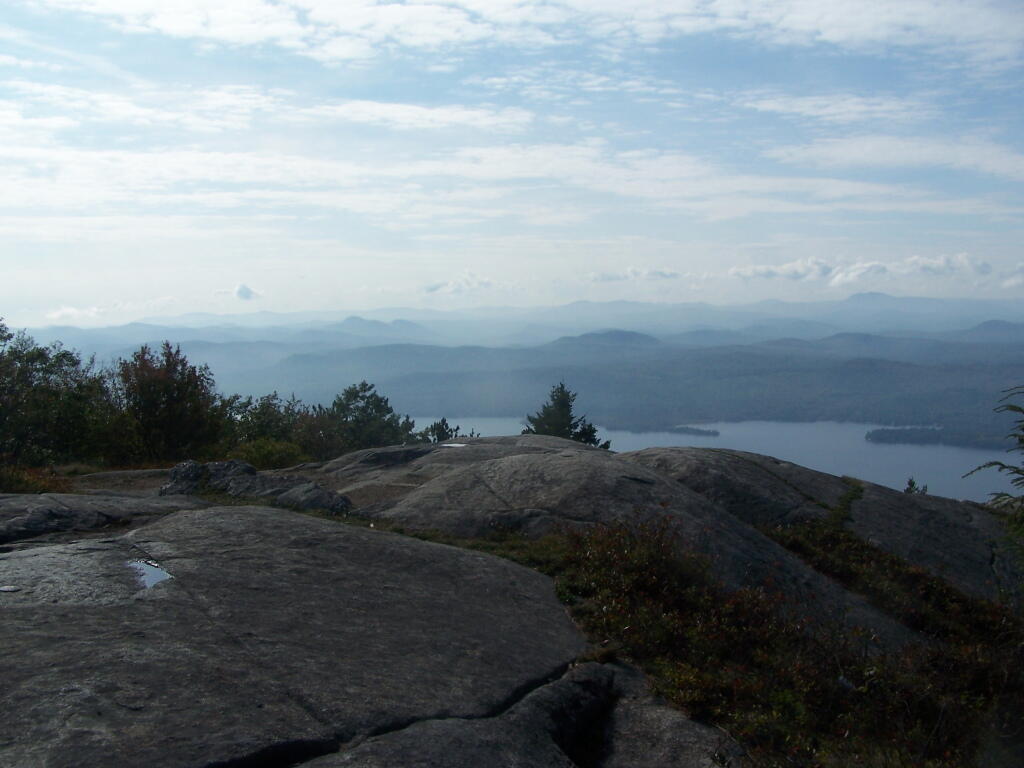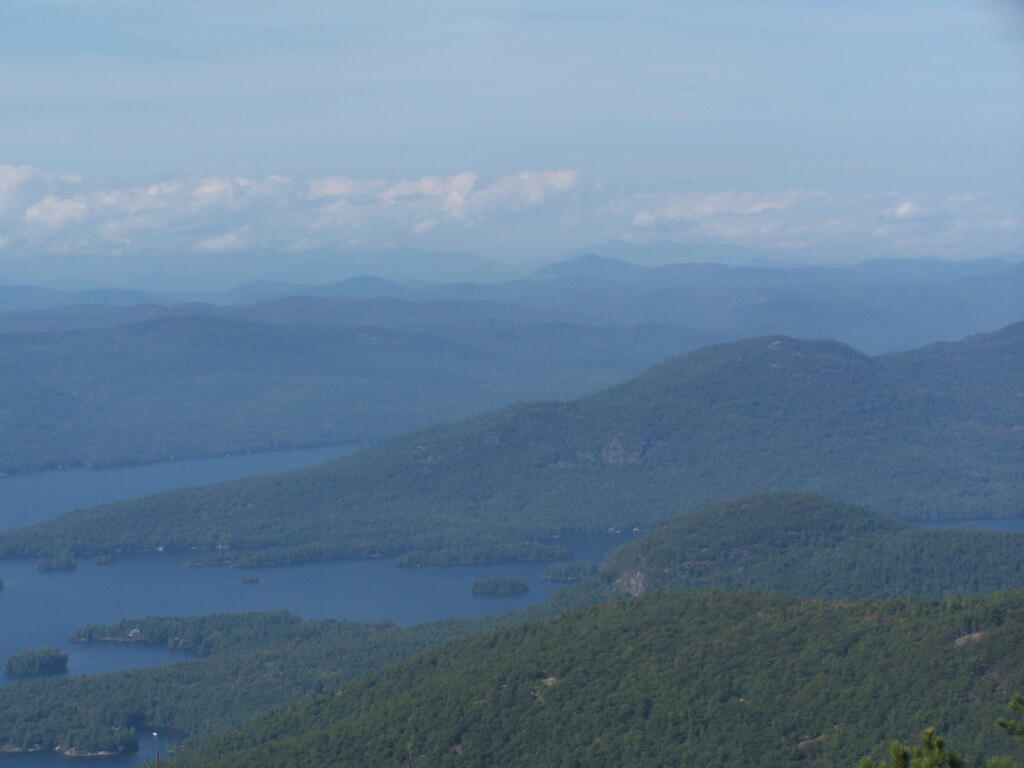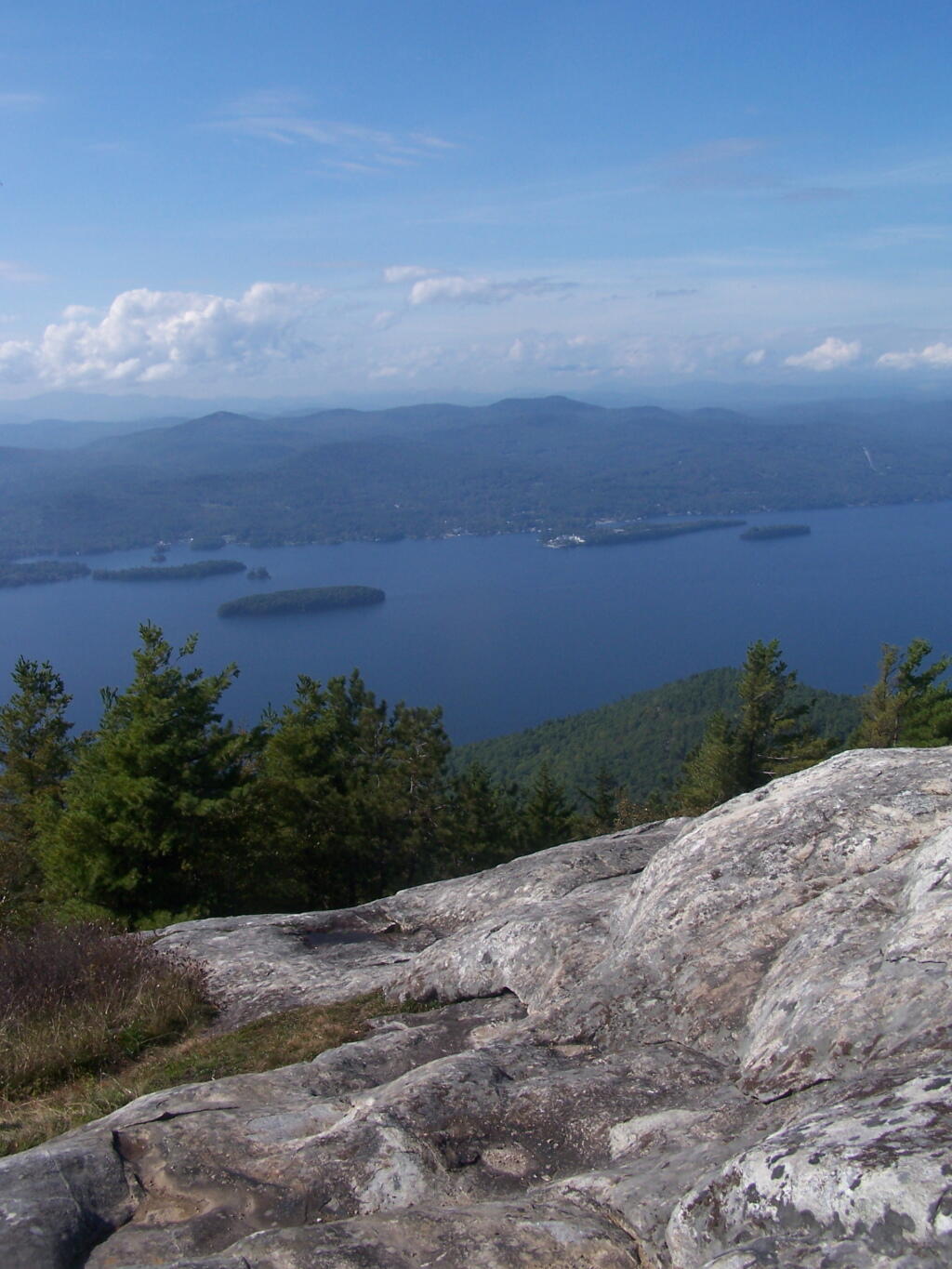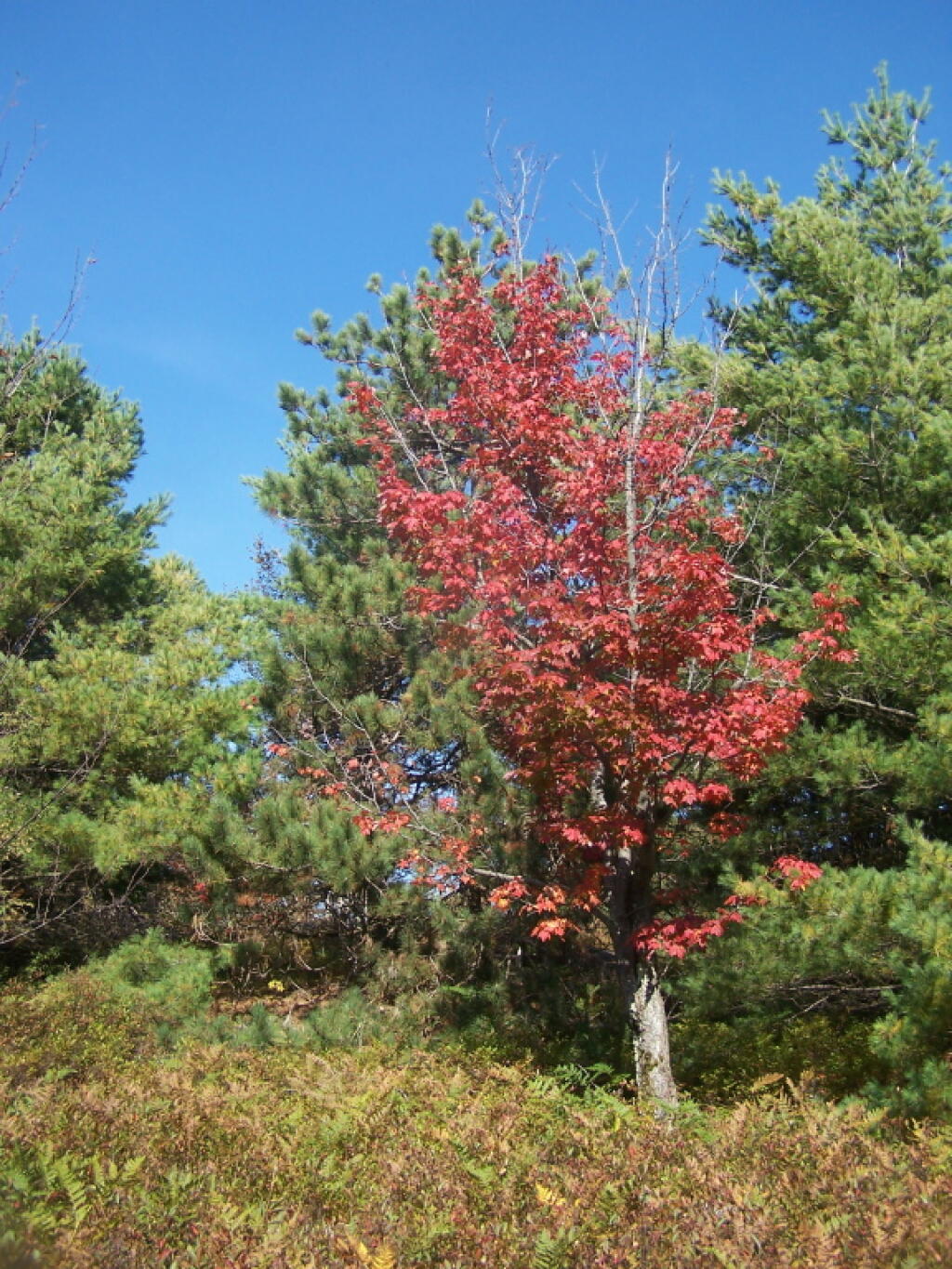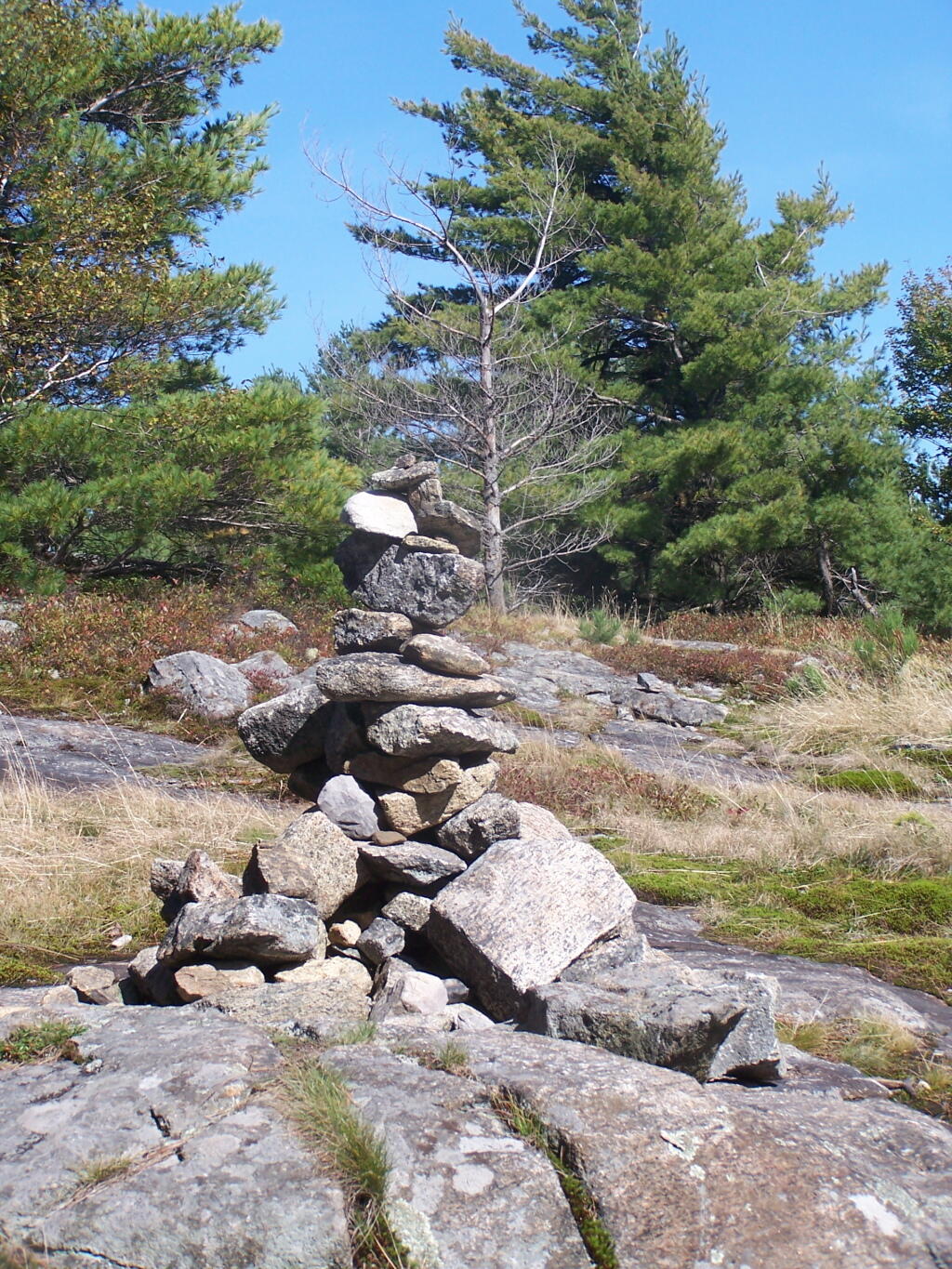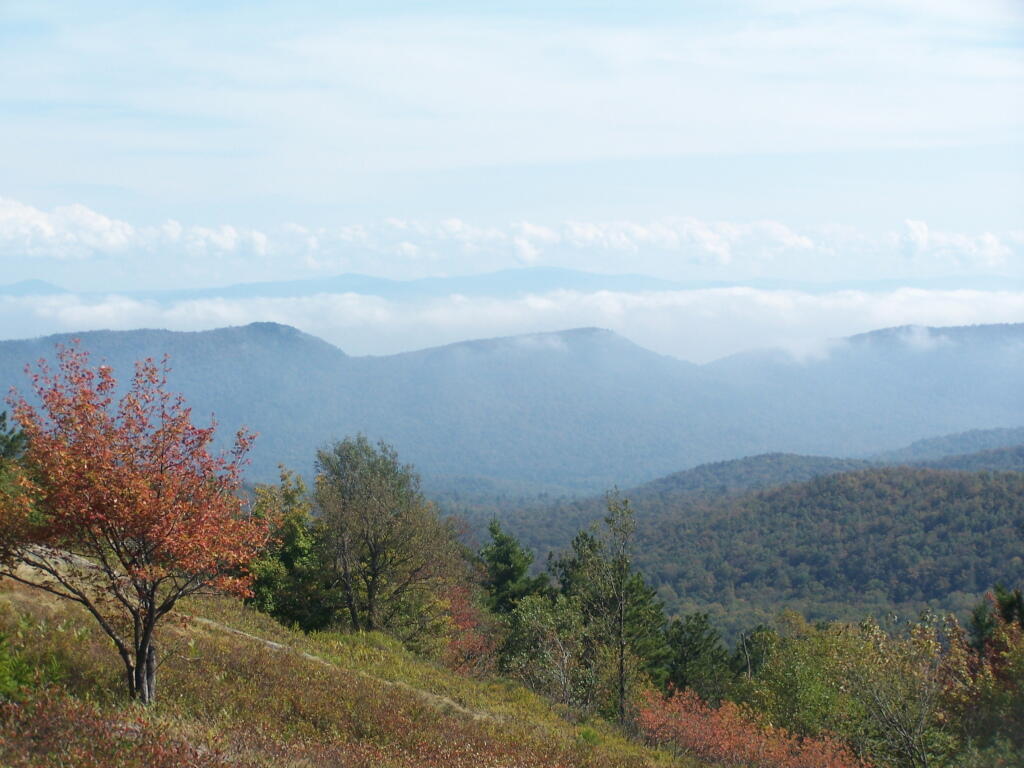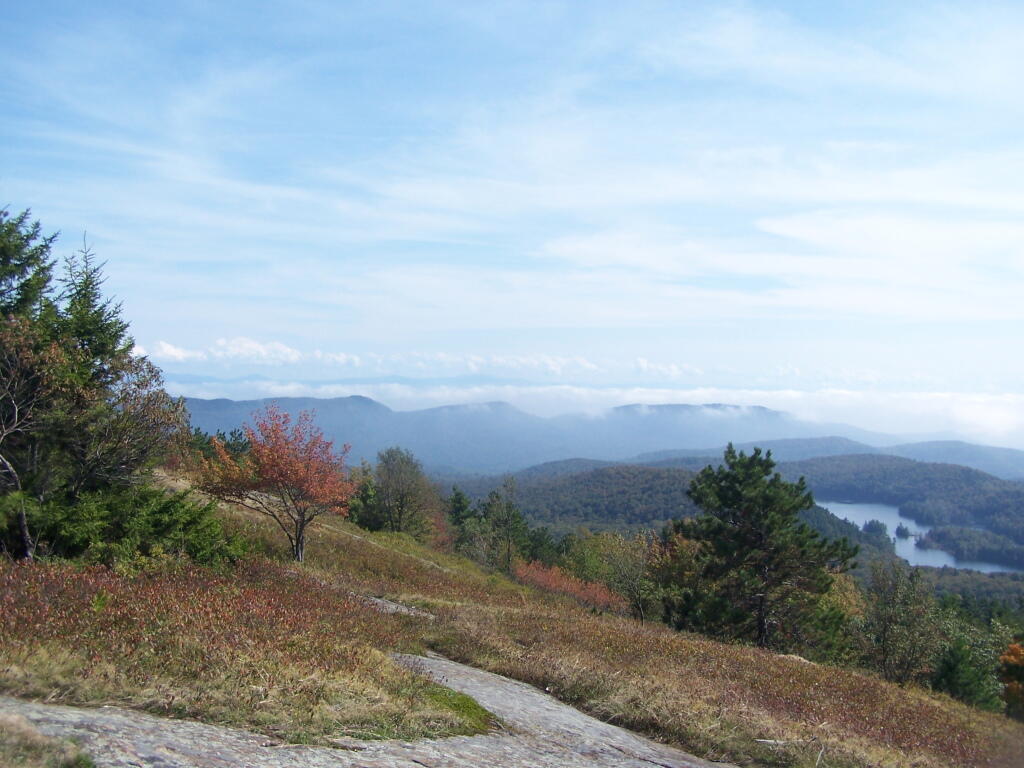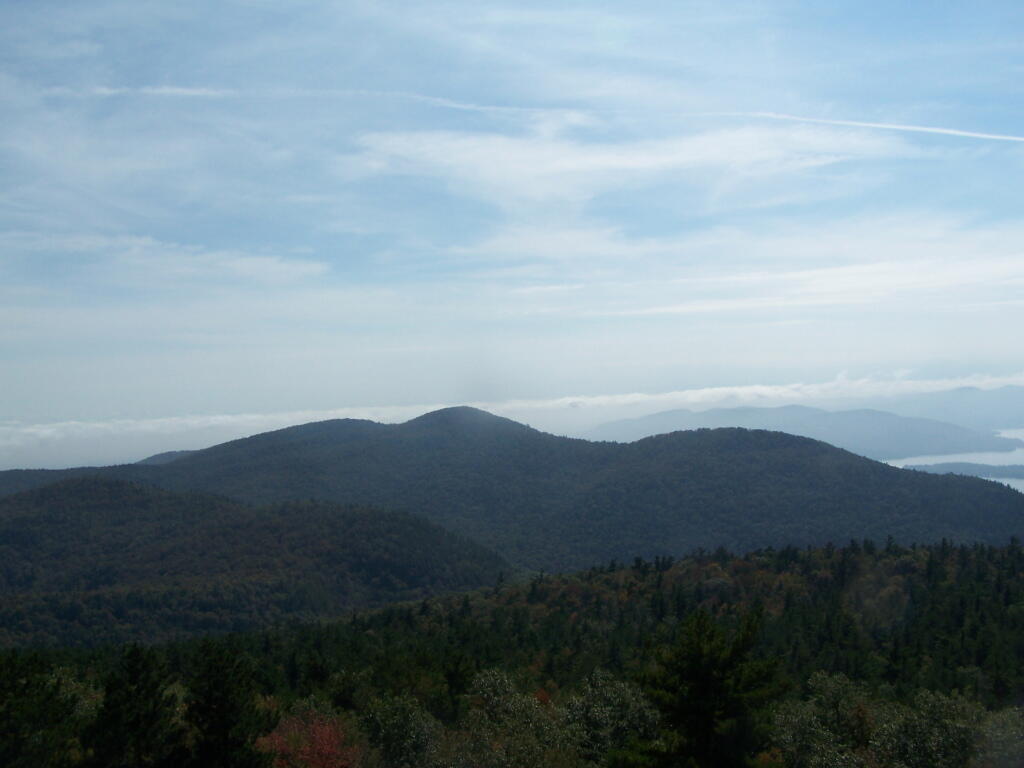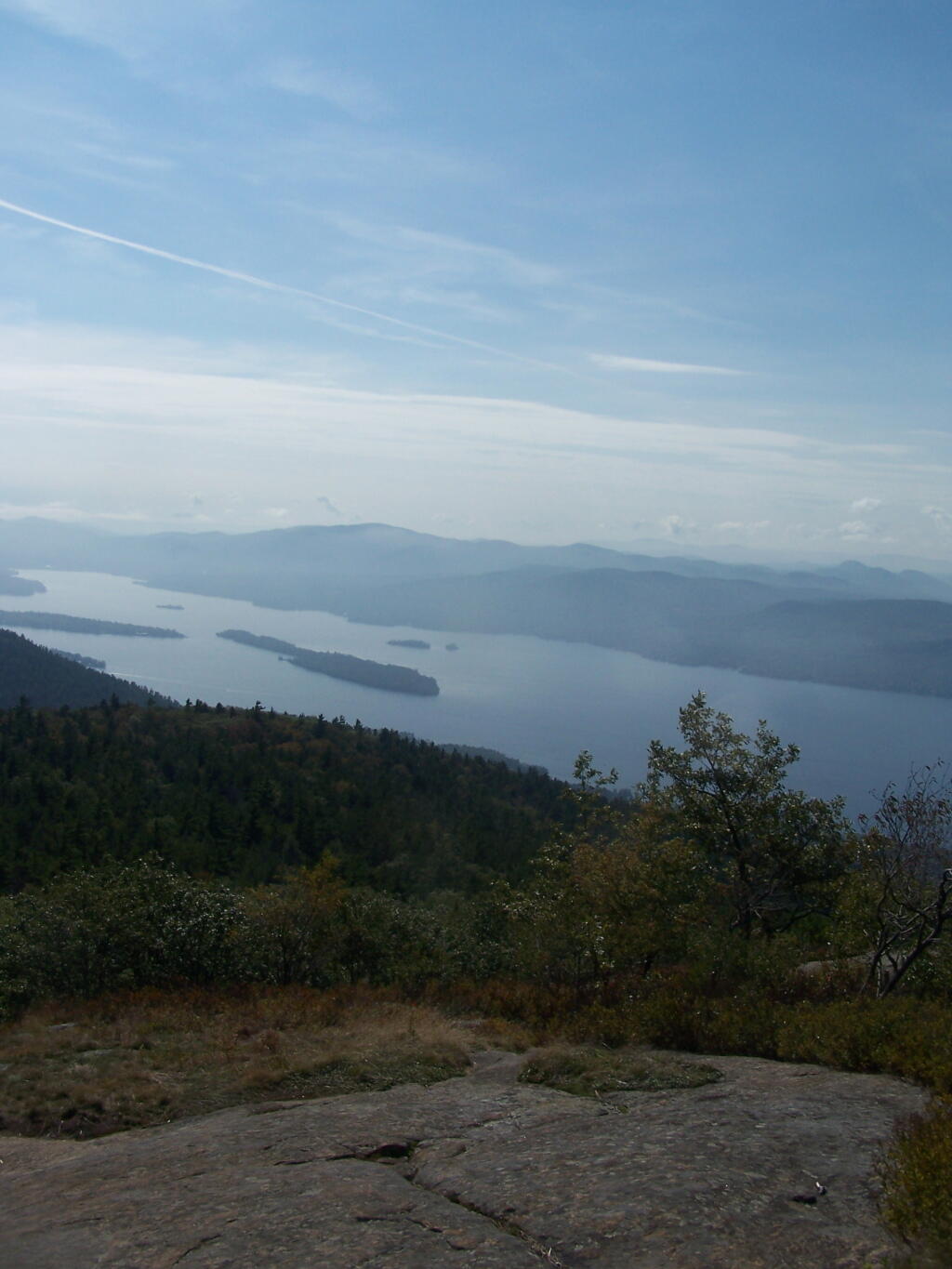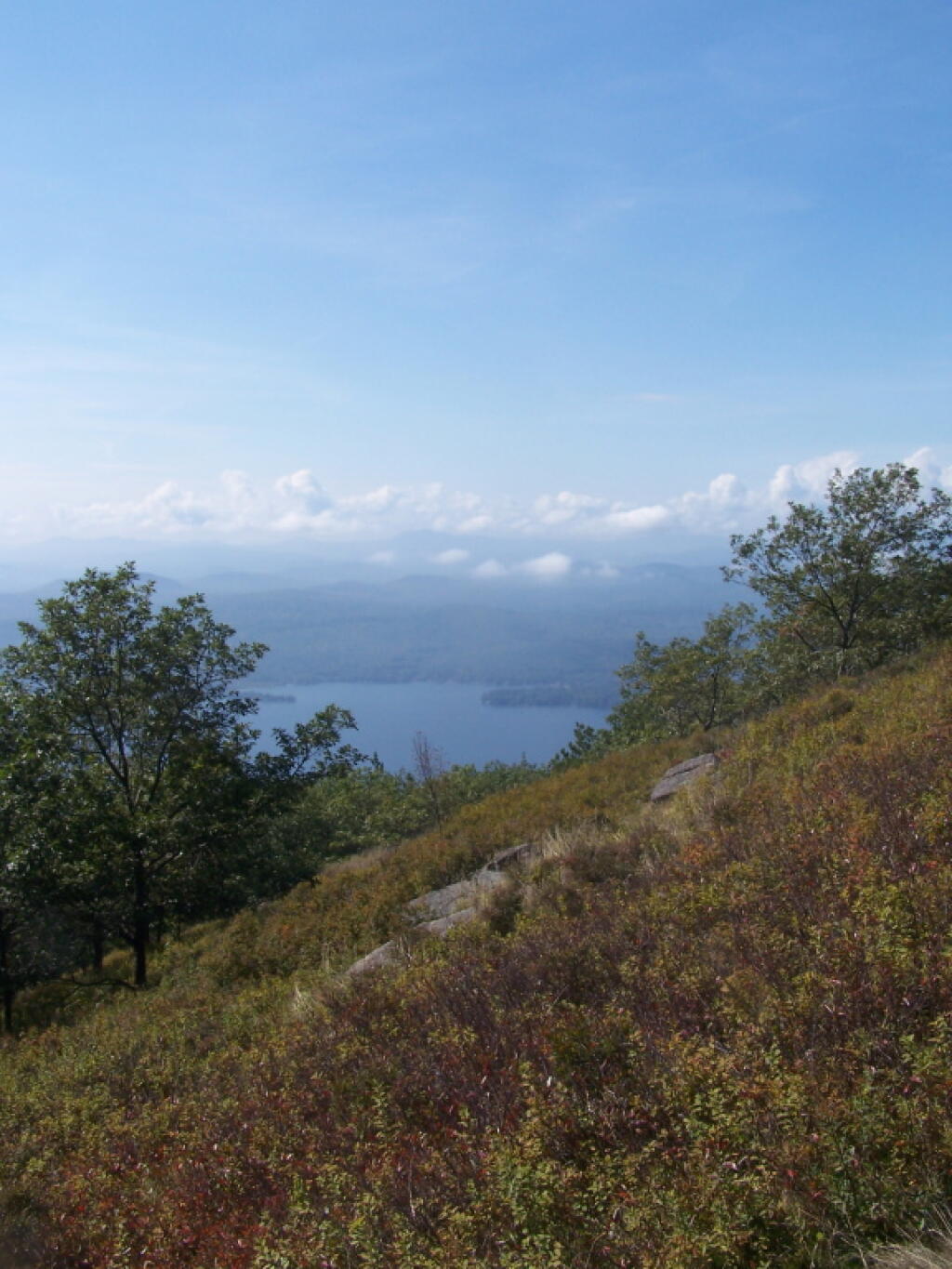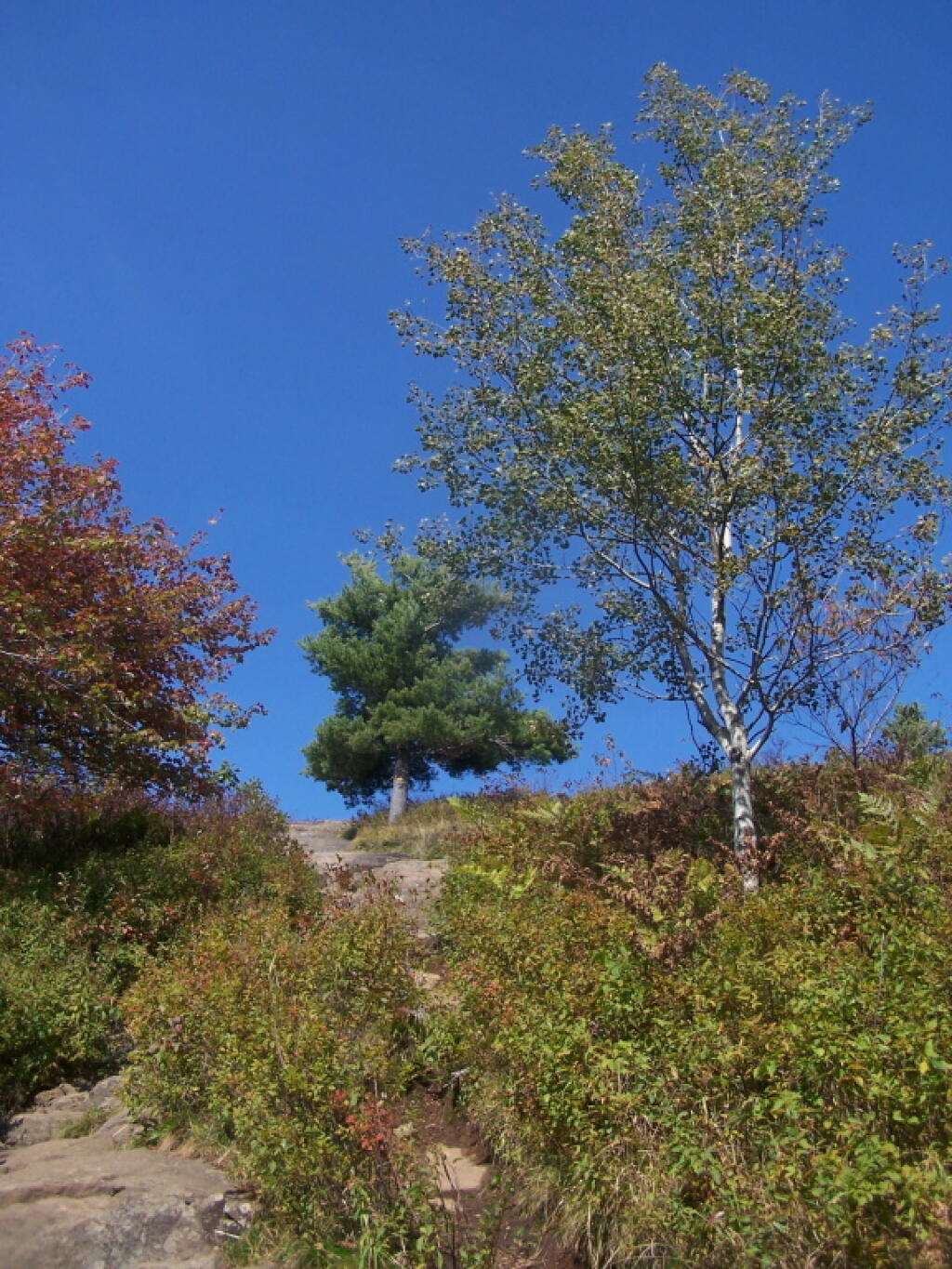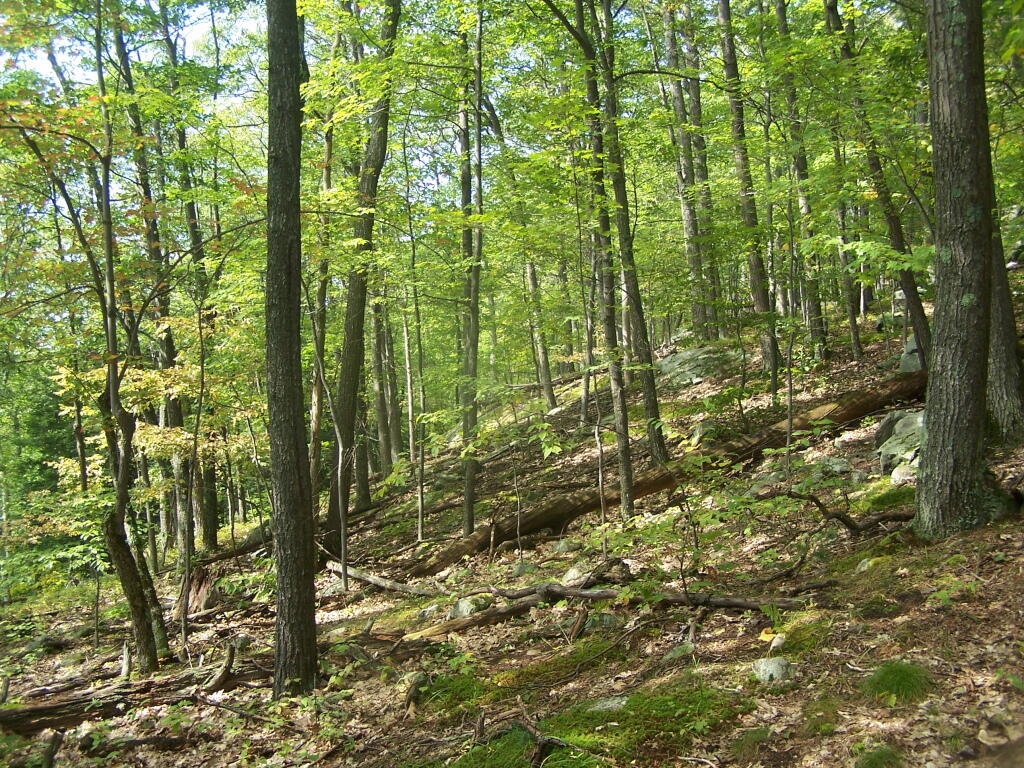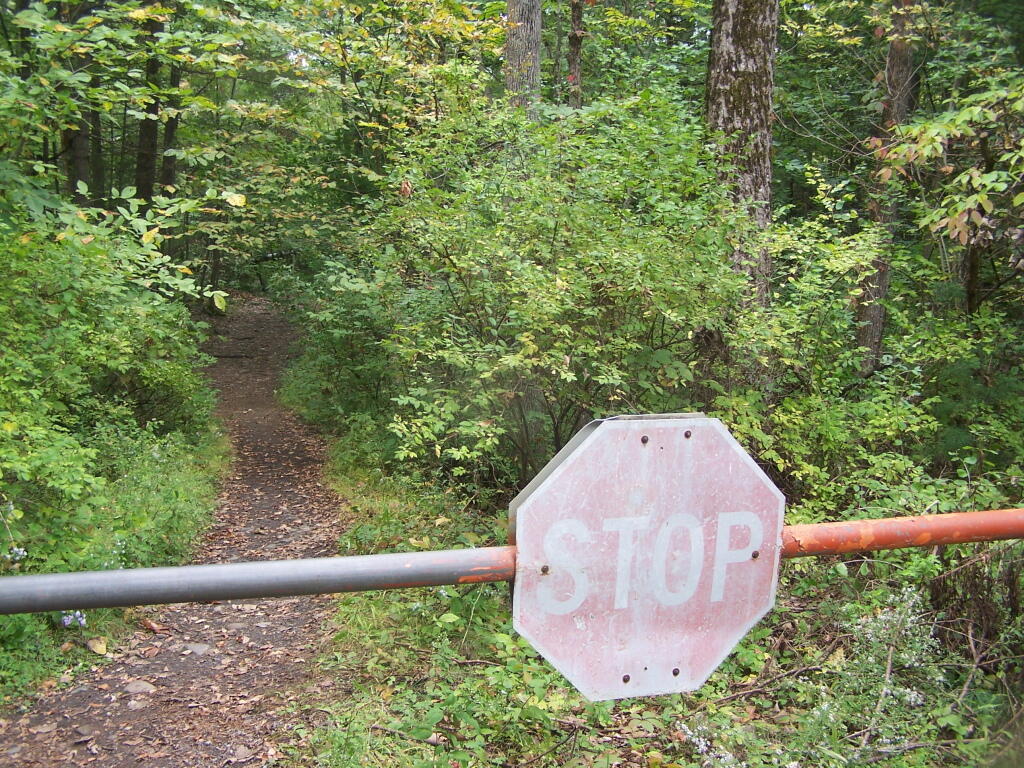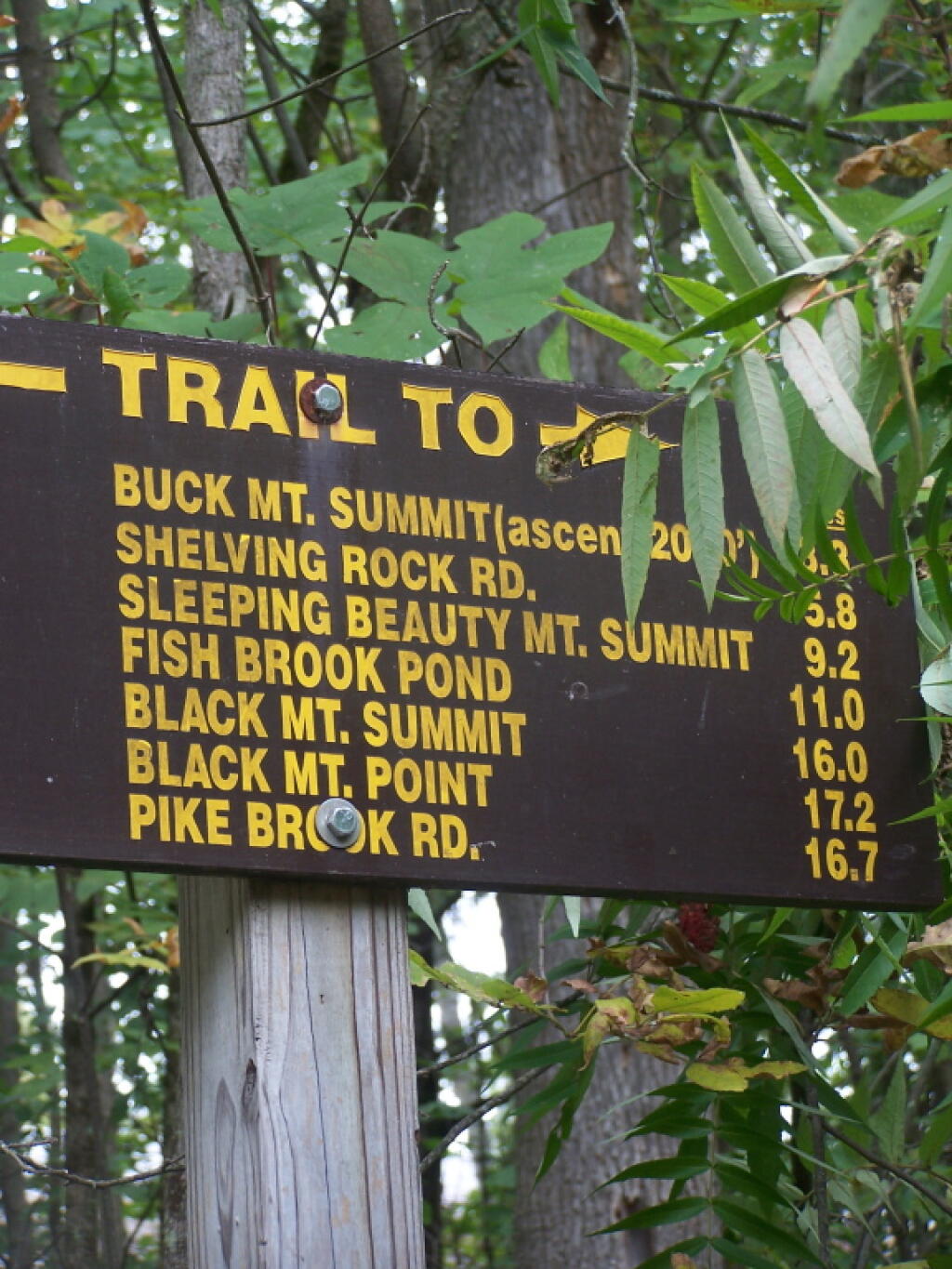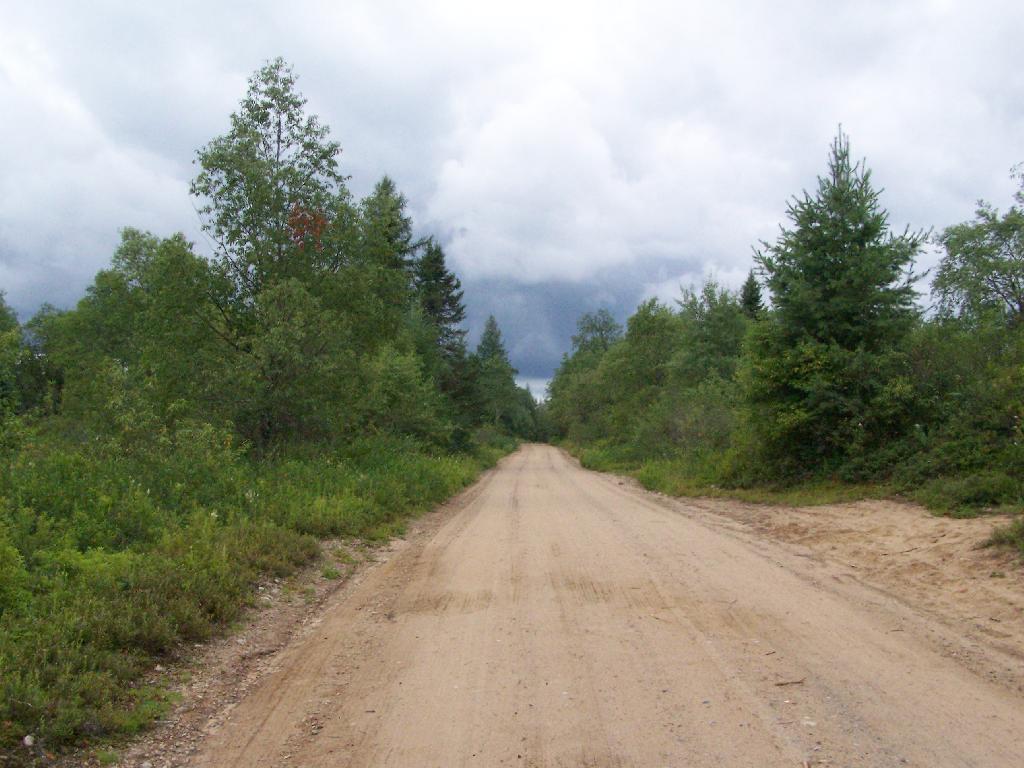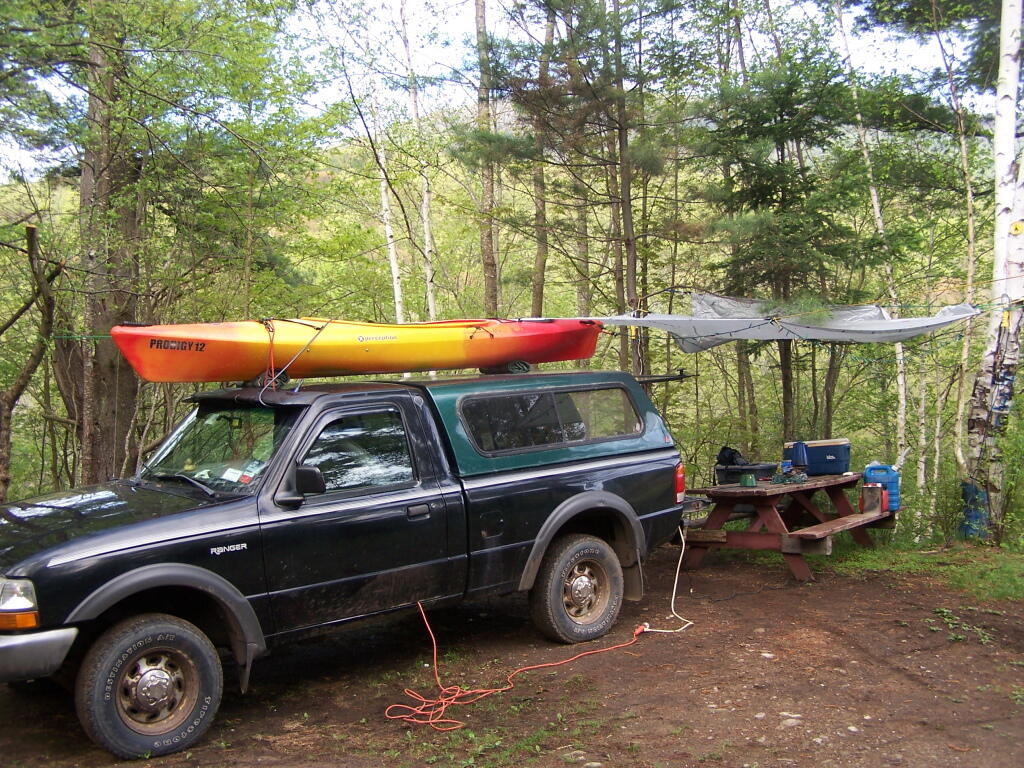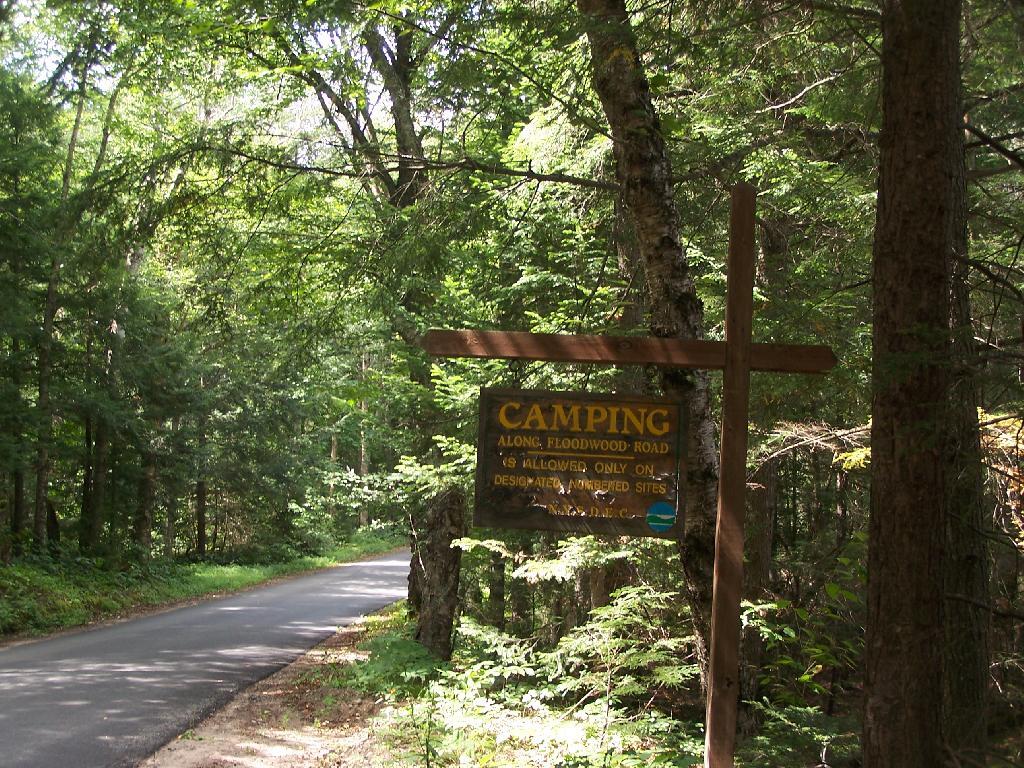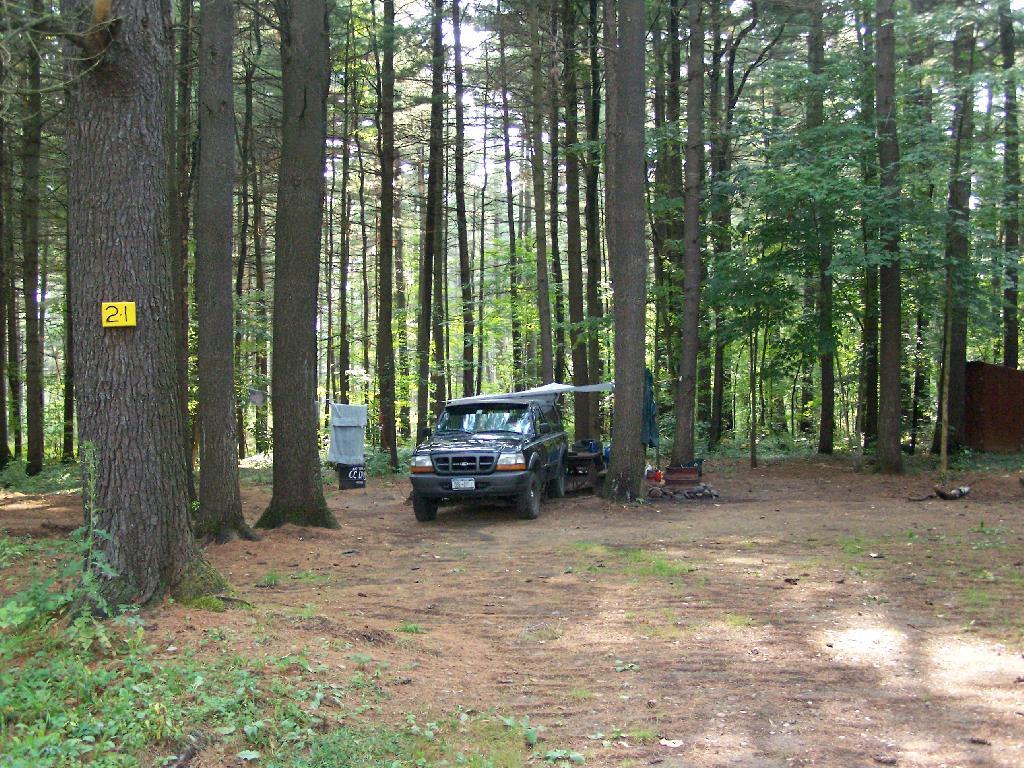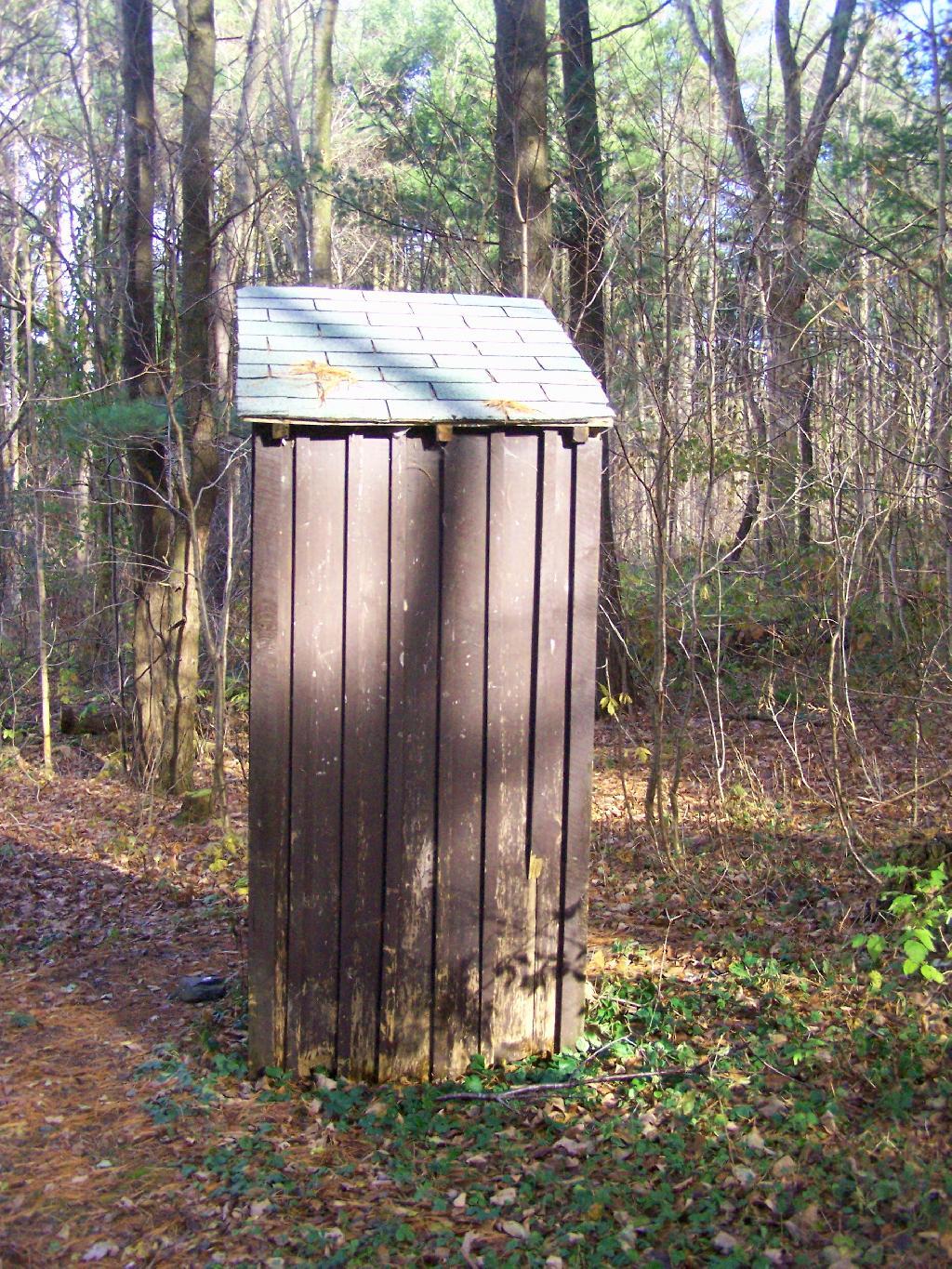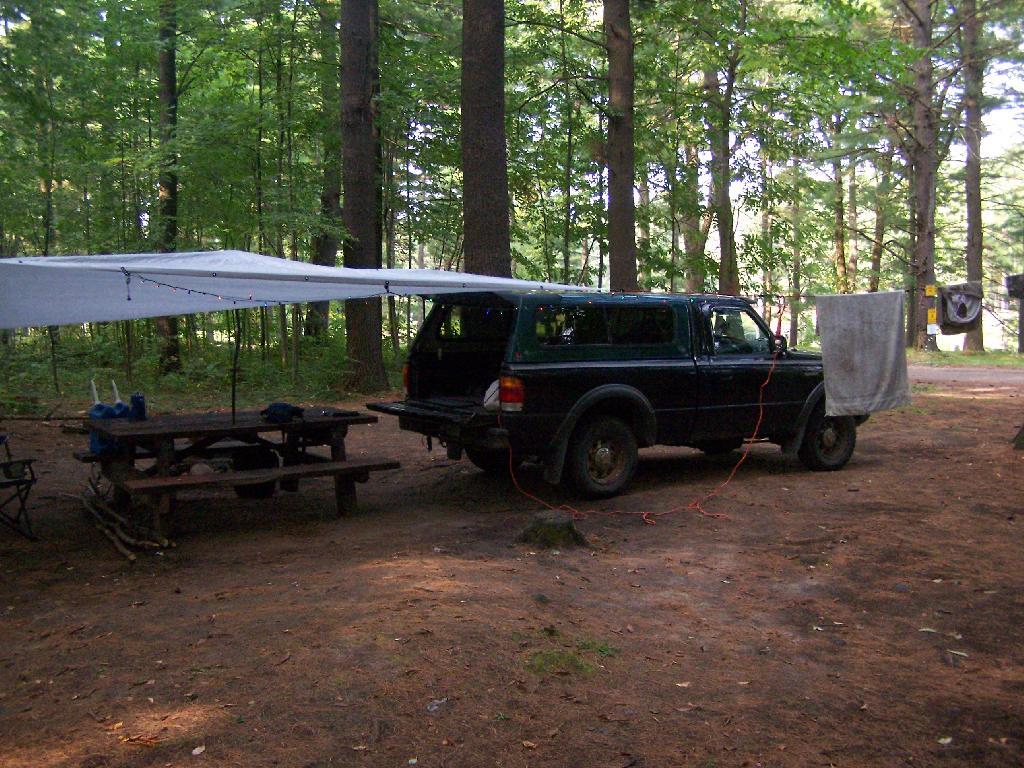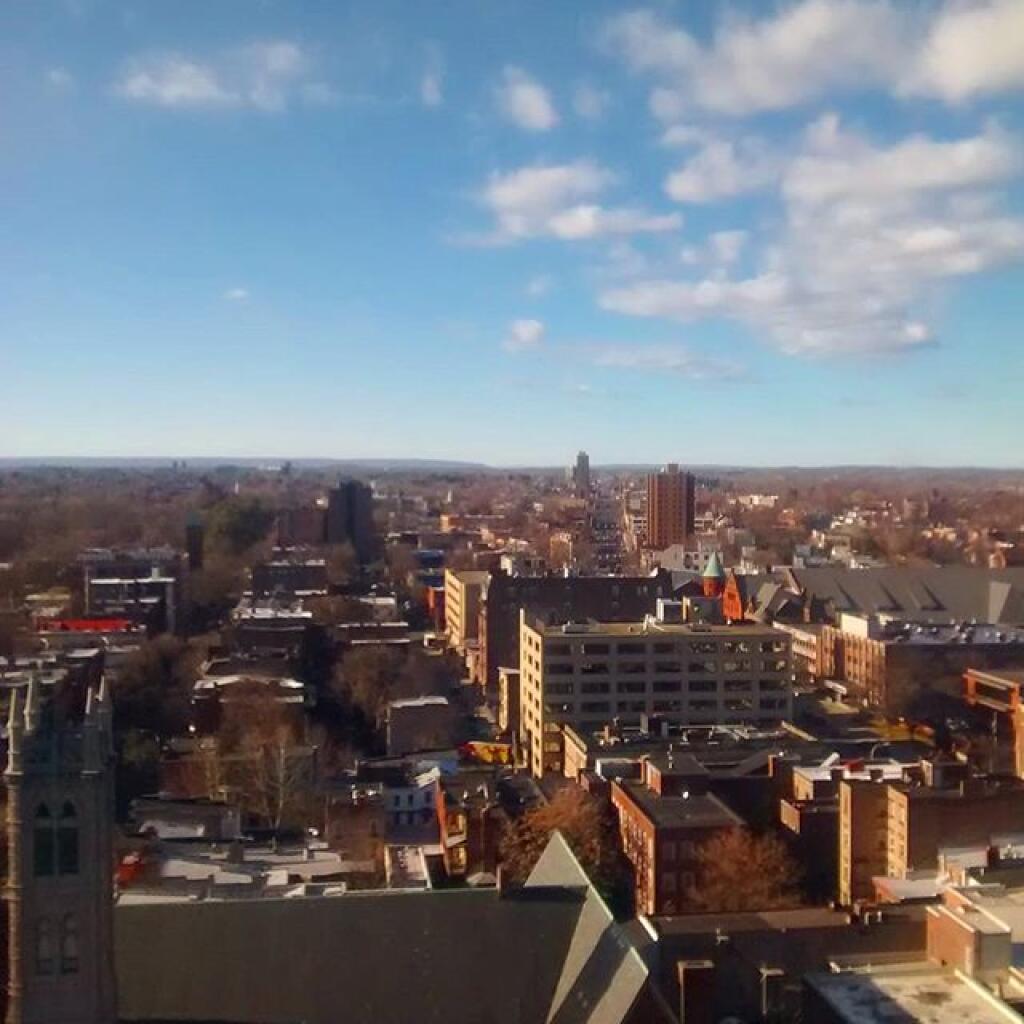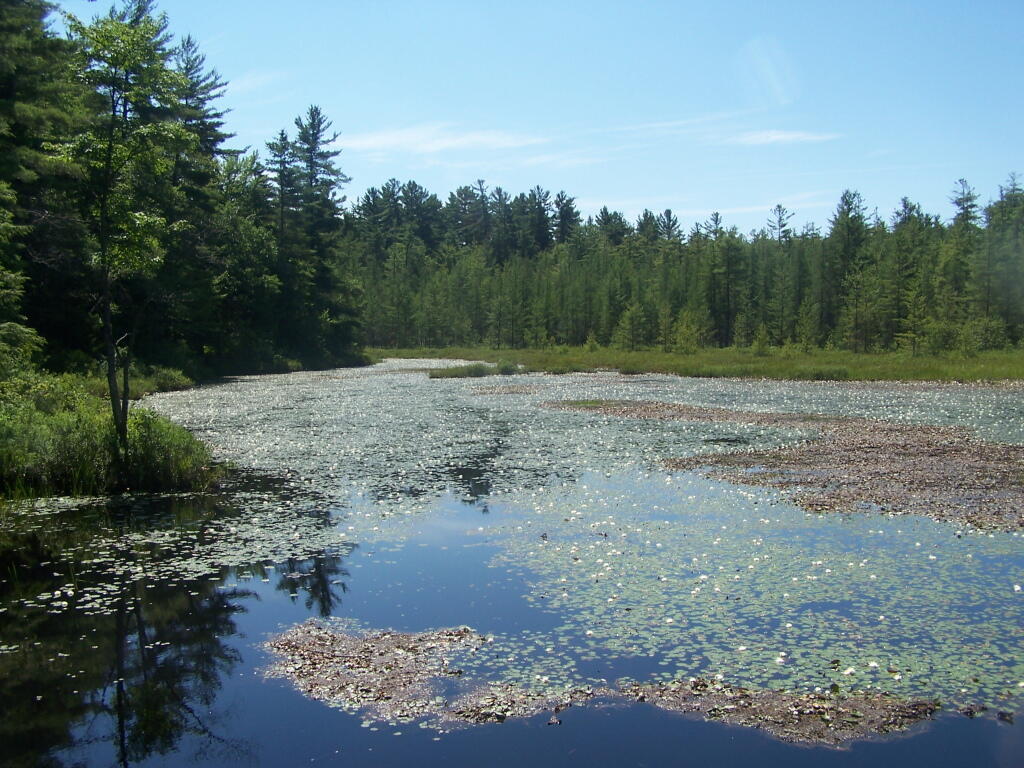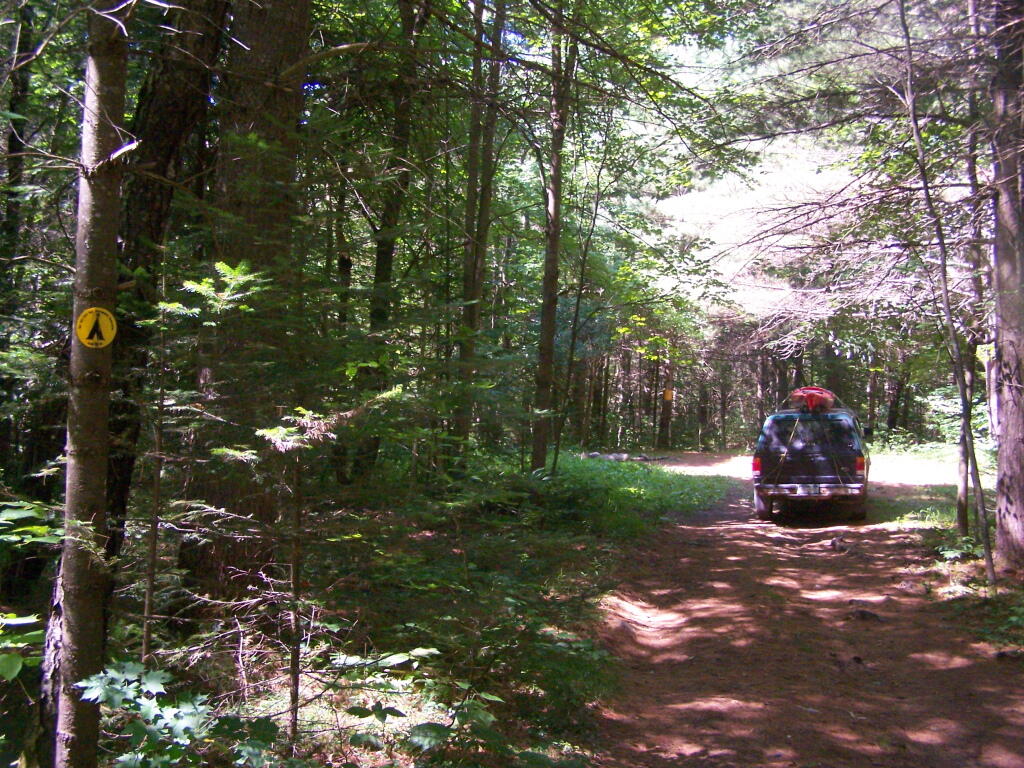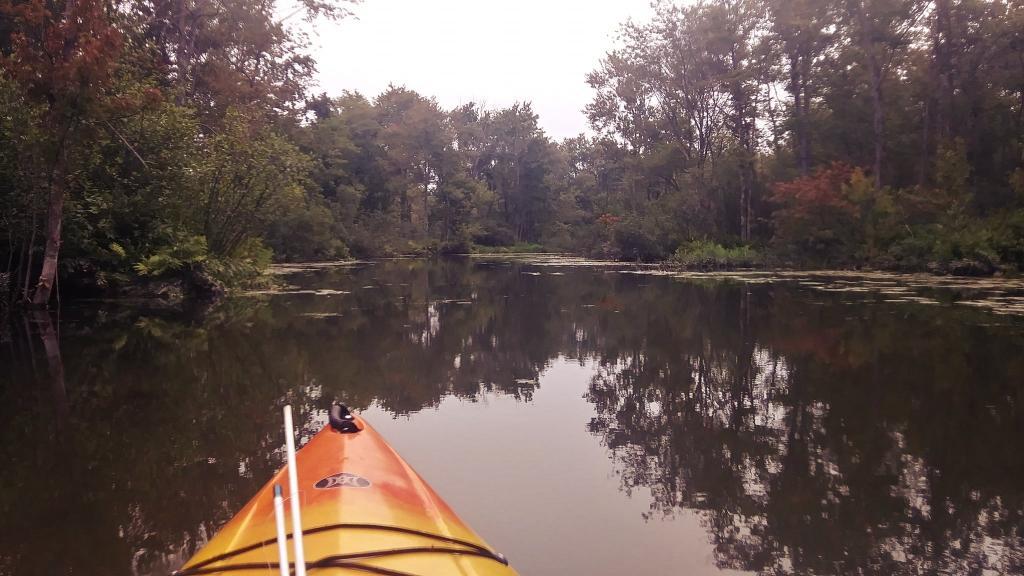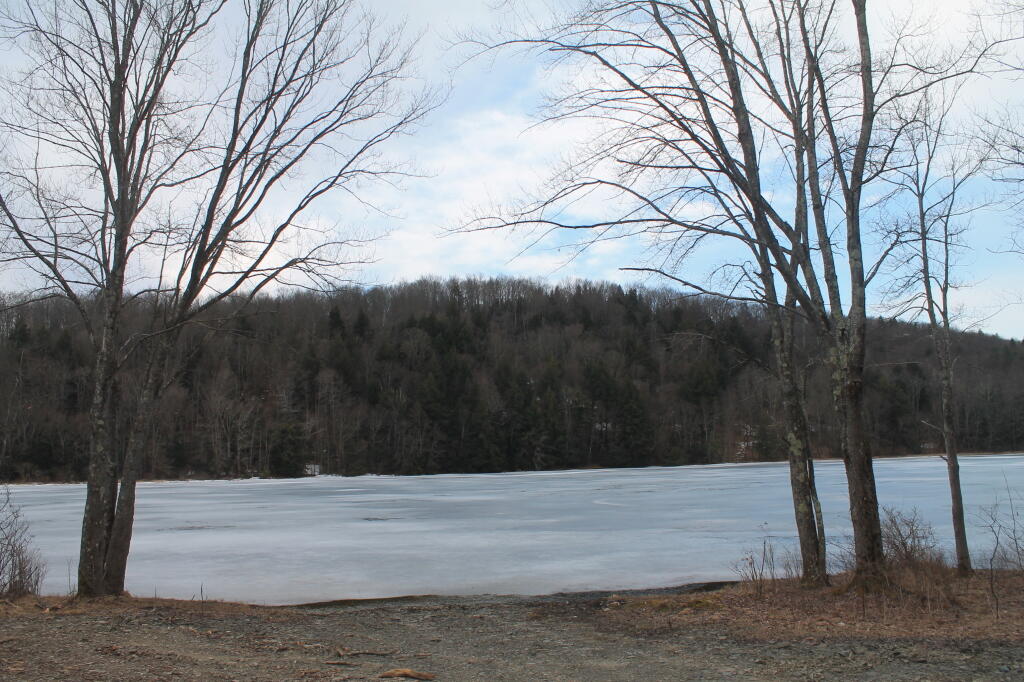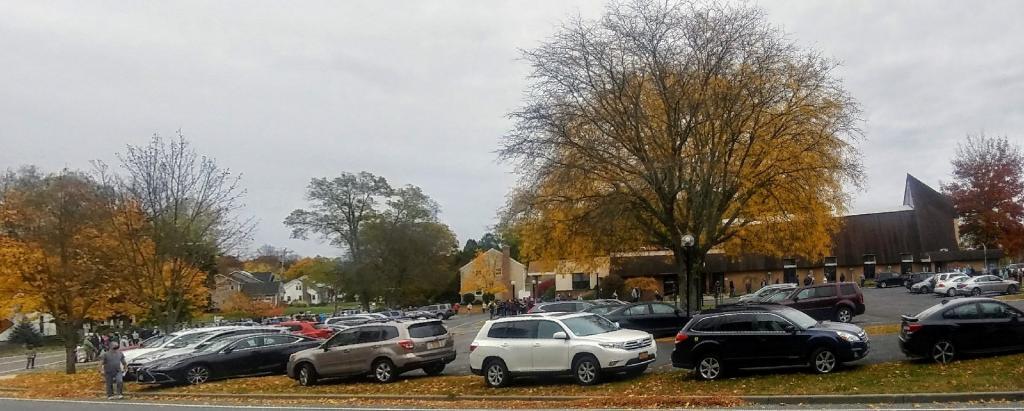New York State has the well known Forest Preserve in Adirondacks and Catskills (provided for in Section 1) and State Forests and Wildlife Management Areas (provided for in Section 2) outside of the Blue-line designated Forest Preserve Boundaries. Yet, on November 4, 1969 the voters of New York State admended the consitution to add a new section that called for a new type of land — The State Nature and Historic Preserve — now managed by the new Department of Environment Conservation.
Article XIV Section 4:Protection of natural resources; development of agricultural lands.
The policy of the state shall be to conserve and protect its natural resources and scenic beauty and encourage the development and improvement of its agricultural lands for the production of food and other agricultural products.
The legislature, in implementing this policy, shall include adequate provision for the abatement of air and water pollution and of excessive and unnecessary noise, the protection of agricultural lands, wetlands and shorelines, and the development and regulation of water resources.
The legislature shall further provide for the acquisition of lands and waters, including improvements thereon and any interest therein, outside the forest preserve counties, and the dedication of properties so acquired or now owned, which because of their natural beauty, wilderness character, or geological, ecological or historical significance, shall be preserved and administered for the use and enjoyment of the people.
Properties so dedicated shall constitute the state nature and historical preserve and they shall not be taken or otherwise disposed of except by law enacted by two successive regular sessions of the legislature.
Since 1969, only 35 facilities have been added to the State Nature and Historic Preserve. While most of these properties are not contigous, they consist of some the most interesting public lands in NY State.
Zoom in to see the specific properties.
Here is a list of the properties, sorted by alphabetical order.
| State Nature and Historical Preserve | Acres |
| ALBANY PINE BUSH PRESERVE | 1581.3 |
| BARE HILL UNIQUE AREA | 400.9 |
| BOG BROOK UNIQUE AREA | 131.7 |
| BRANDOW POINT UNIQUE AREA | 62.9 |
| CAMILLUS FOREST UNIQUE AREA | 351.5 |
| CARPENTER FALLS UNIQUE AREA | 38.2 |
| CASTLE ROCK UNIQUE AREA | 130.2 |
| CROTON GORGE UNIQUE AREA | 20.9 |
| DAVID A. SARNOFF PINE BARRENS PRESERVE | 2,572.5 |
| EDGEWOOD OAK BRUSH PLAINS PRESERVE | 729.6 |
| HAWK WATCH TRAILWAY | 5.0 |
| HENDERSON SHORES UNIQUE AREA | 890.3 |
| JUNIUS POND UNIQUE AREA | 105.1 |
| KOWAWESE UNIQUE AREA | 165.0 |
| LABRADOR HOLLOW UNIQUE AREA | 1464.4 |
| LITTLE GALLOO ISLAND UNIQUE AREA | 44.8 |
| LONG ISLAND PINE BARRENS | 581.2 |
| MIDDLE GROUND FLATS UNIQUE AREA | 372.4 |
| MOUNT LORETTO UNIQUE AREA | 211.0 |
| NELSON SWAMP UNIQUE AREA | 889.7 |
| NEVERSINK RIVER UNIQUE AREA | 6,579.9 |
| OLD WESTBURY CONSERVATION-UNIQUE AREA | 31.7 |
| ONONDAGA ESCARPMENT UNIQUE AREA | 52.3 |
| RAYWOOD UNIQUE AREA | 316.5 |
| REINSTEIN WOODS NATURE PRESERVE AND ENVIRONMENTAL EDUCATION CENTER | 270.6 |
| ROME SAND PLAINS UNIQUE AREA | 1,786.3 |
| RUSH OAK OPENINGS UNIQUE AREA | 230.6 |
| SALMON RIVER FALLS UNIQUE AREA | 112.4 |
| SPLIT ROCK UNIQUE AREA | 34.1 |
| SQUAW ISLAND UNIQUE AREA | 0.2 |
| THE GULF UNIQUE AREA | 605.5 |
| ZOAR VALLEY UNIQUE AREA | 995.6 |
| Total State Nature and Historical Preserve | 21,764.5 |
